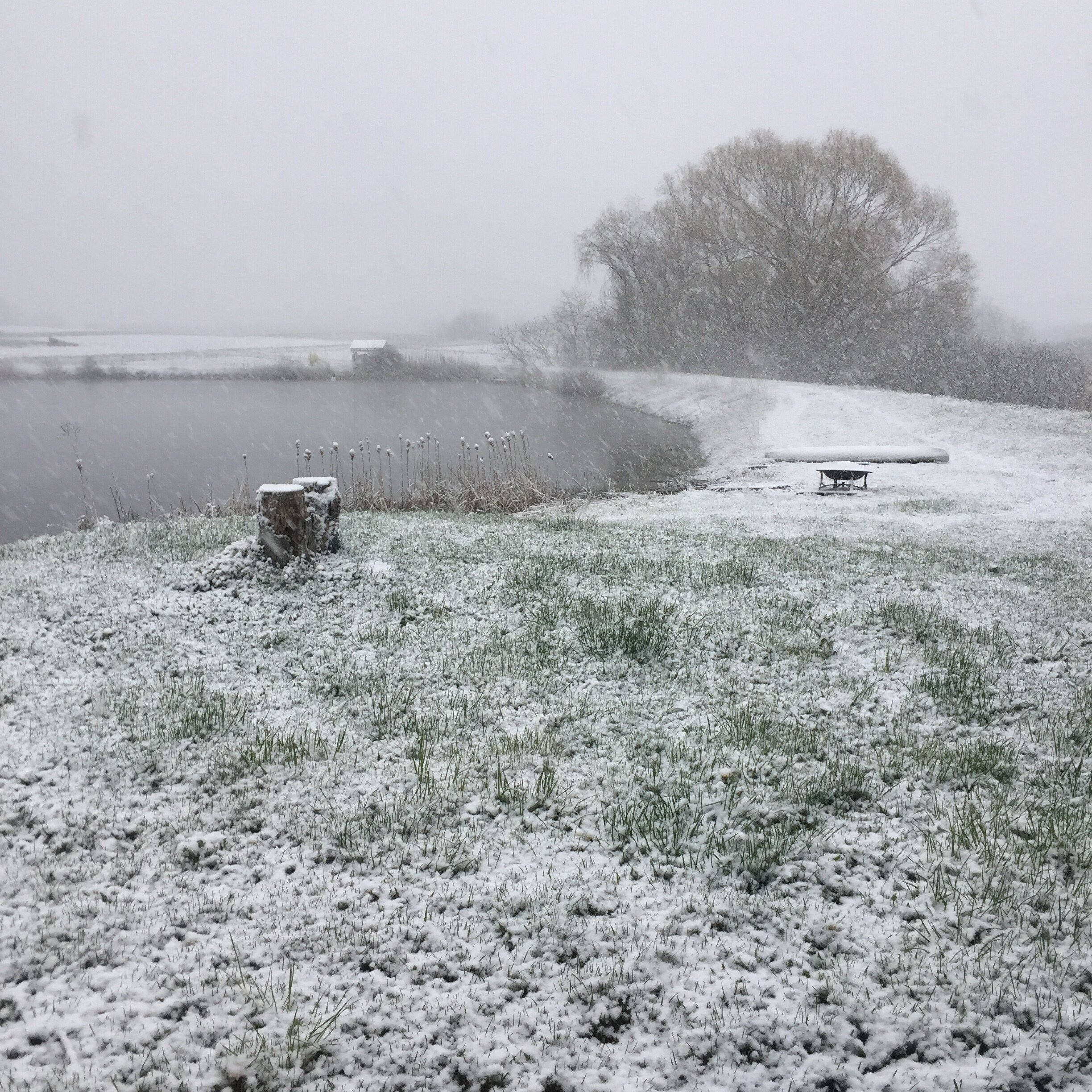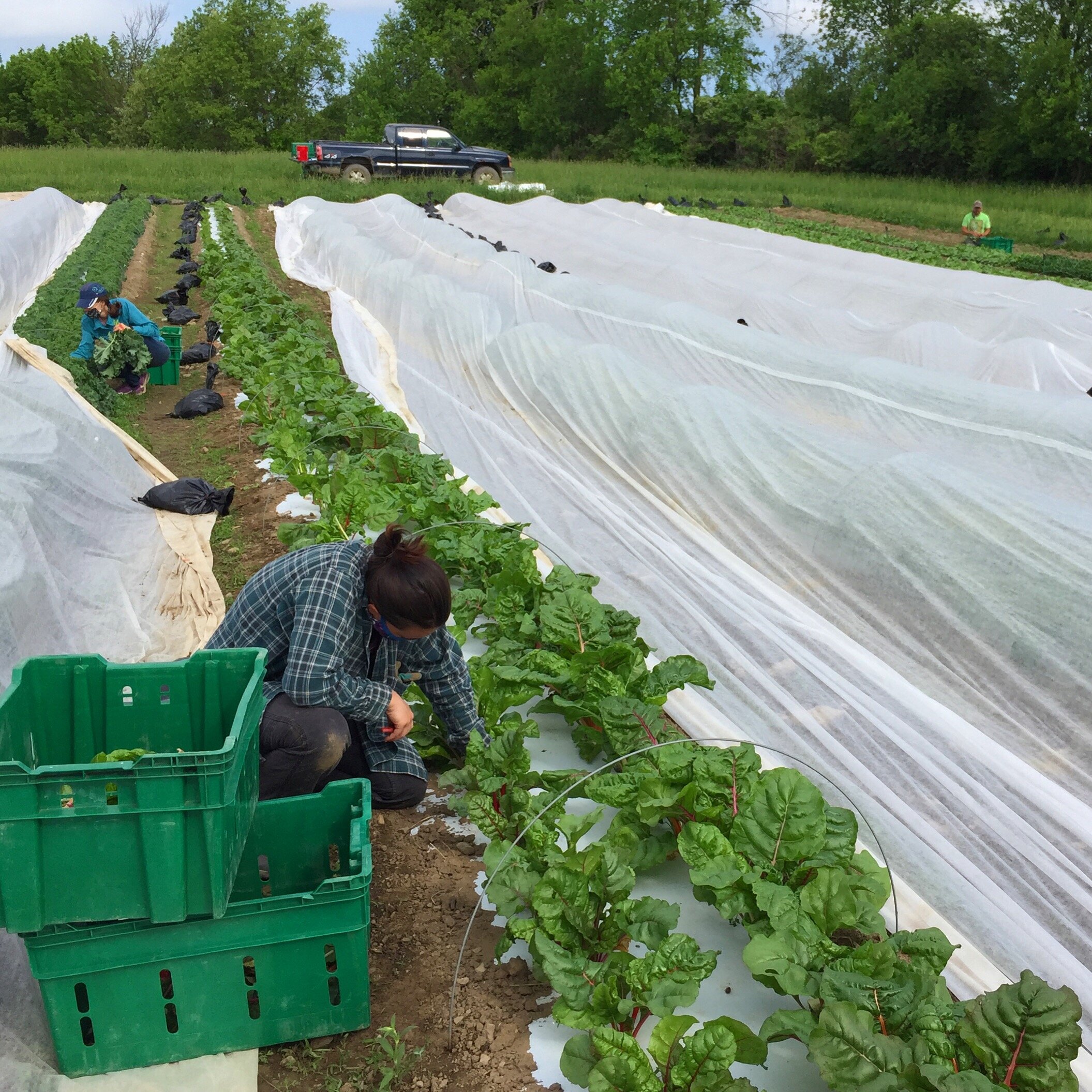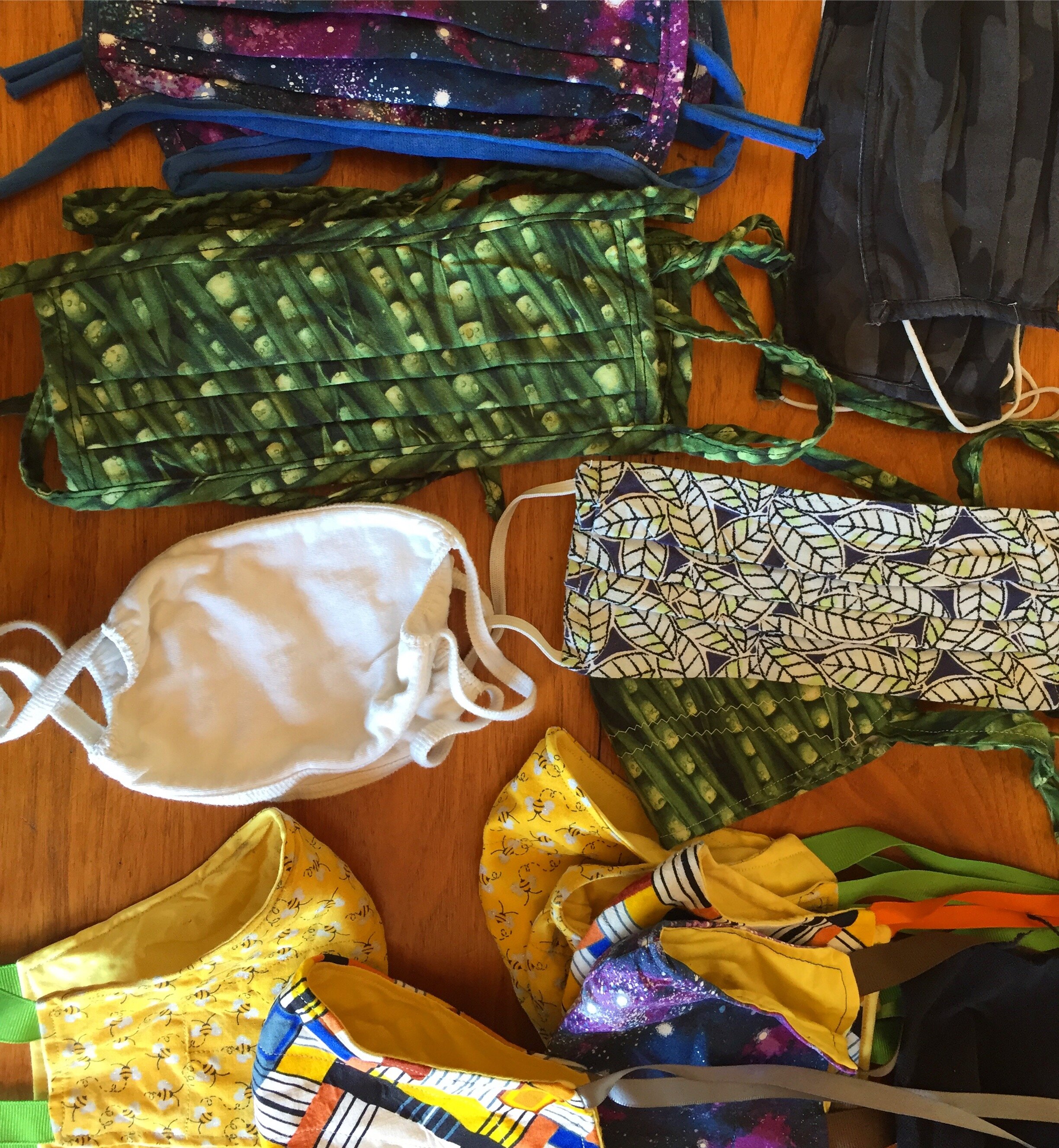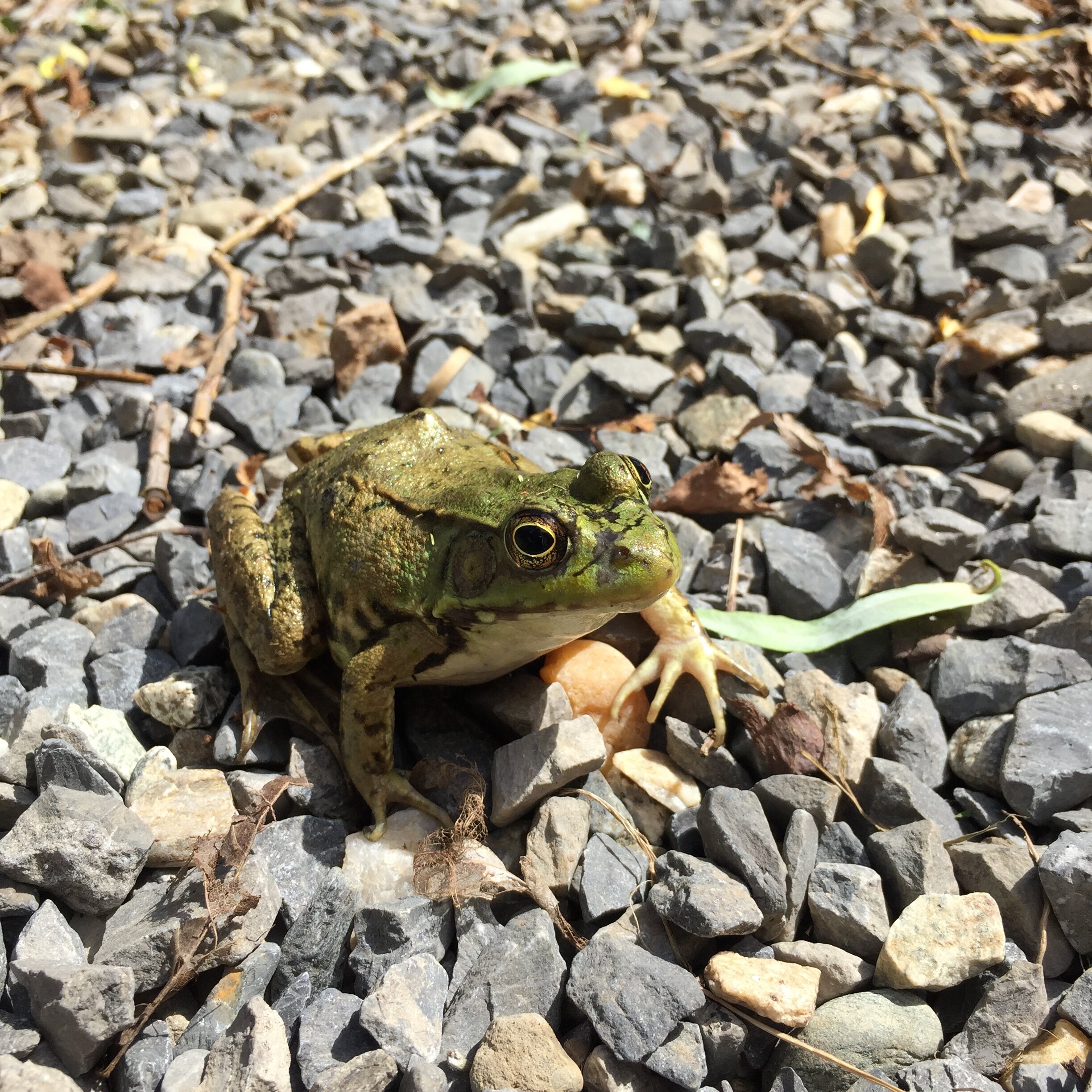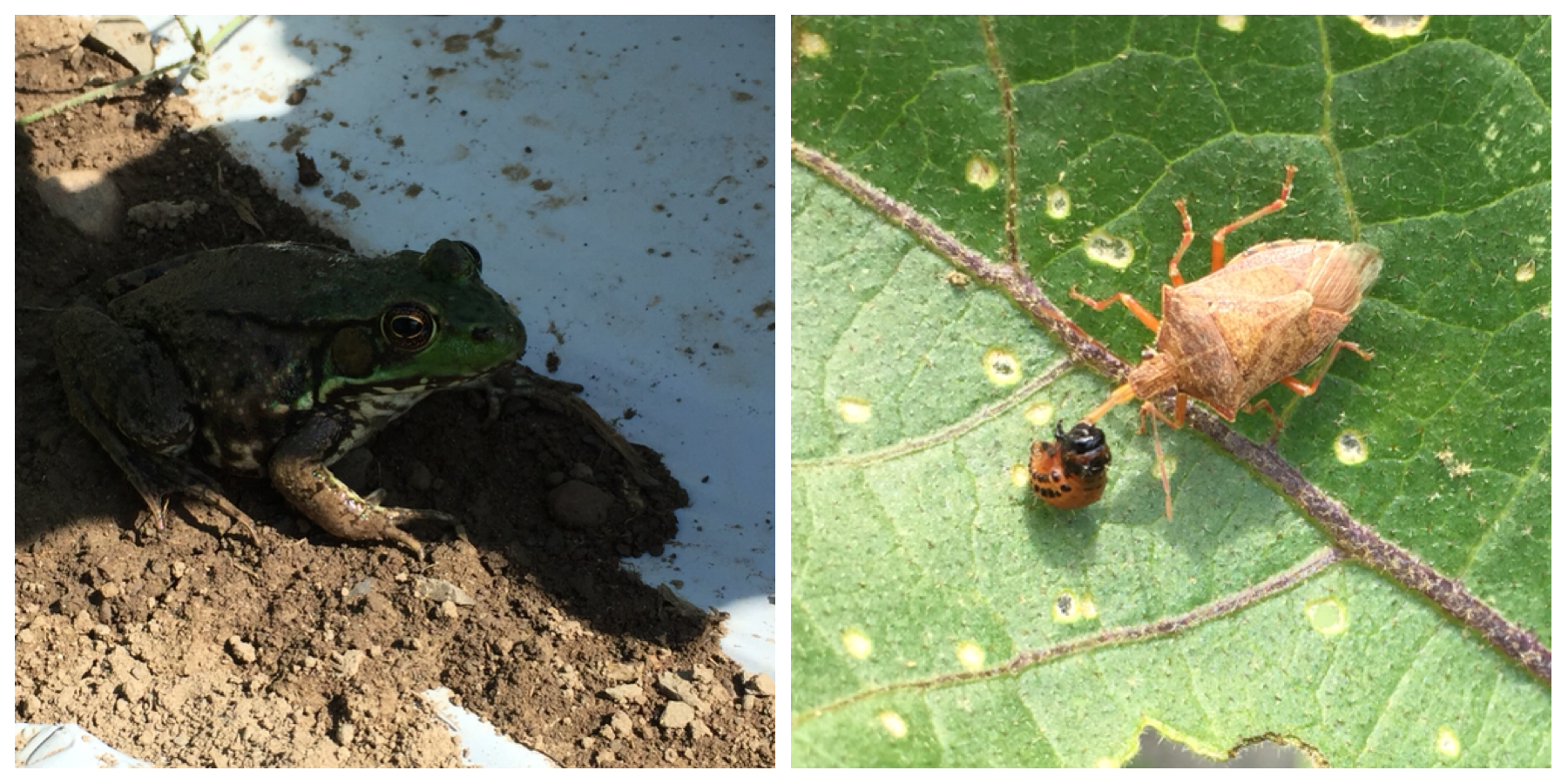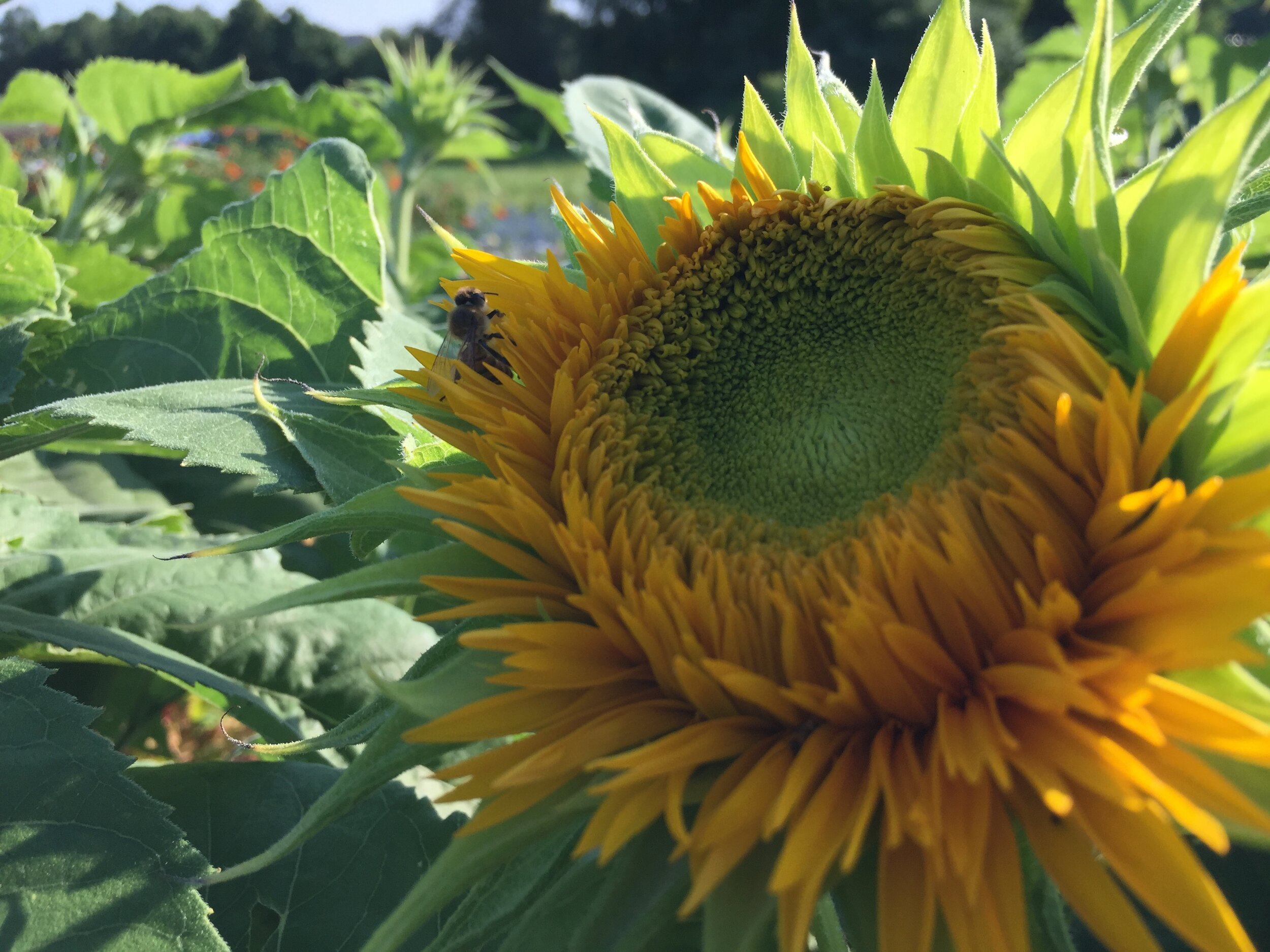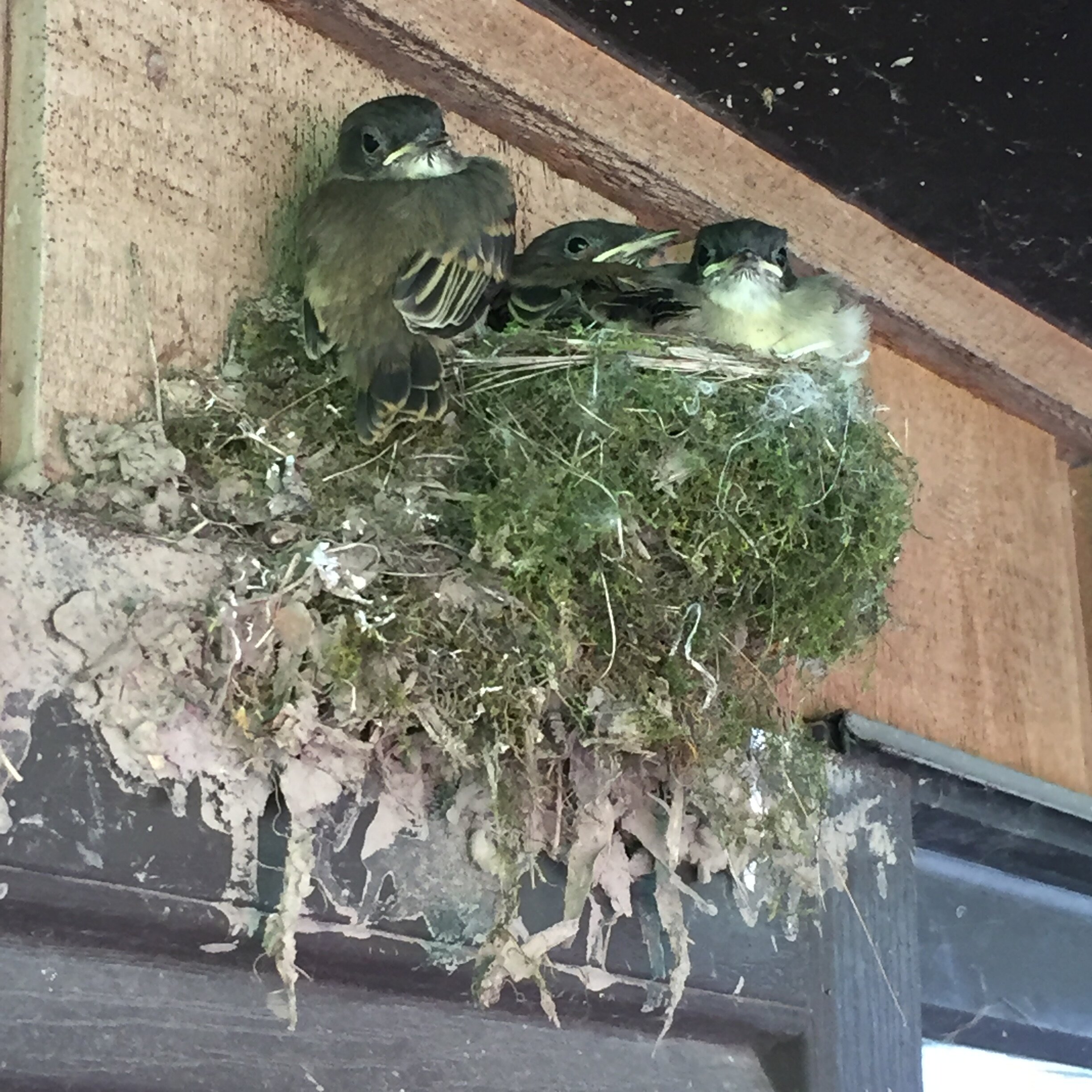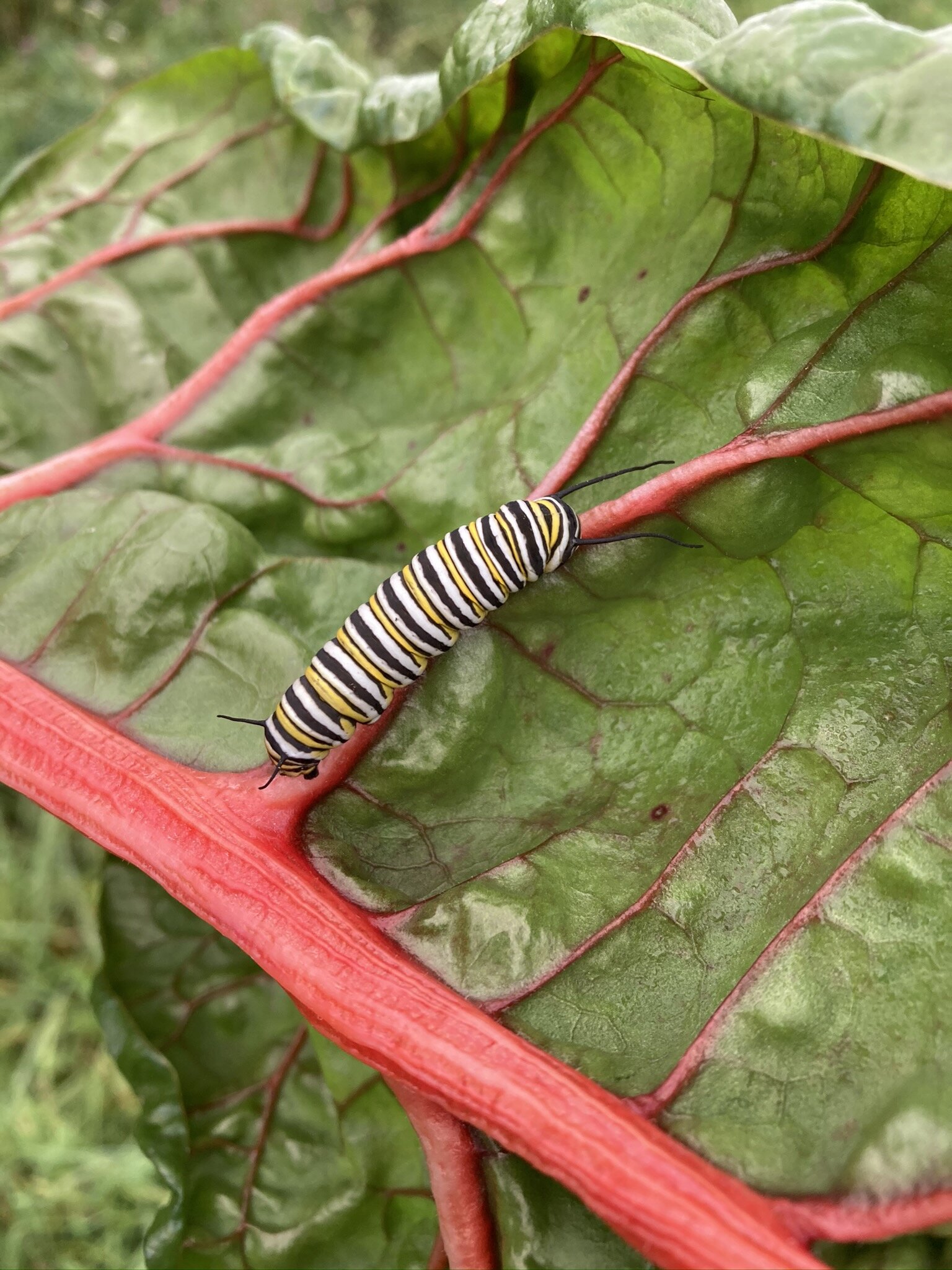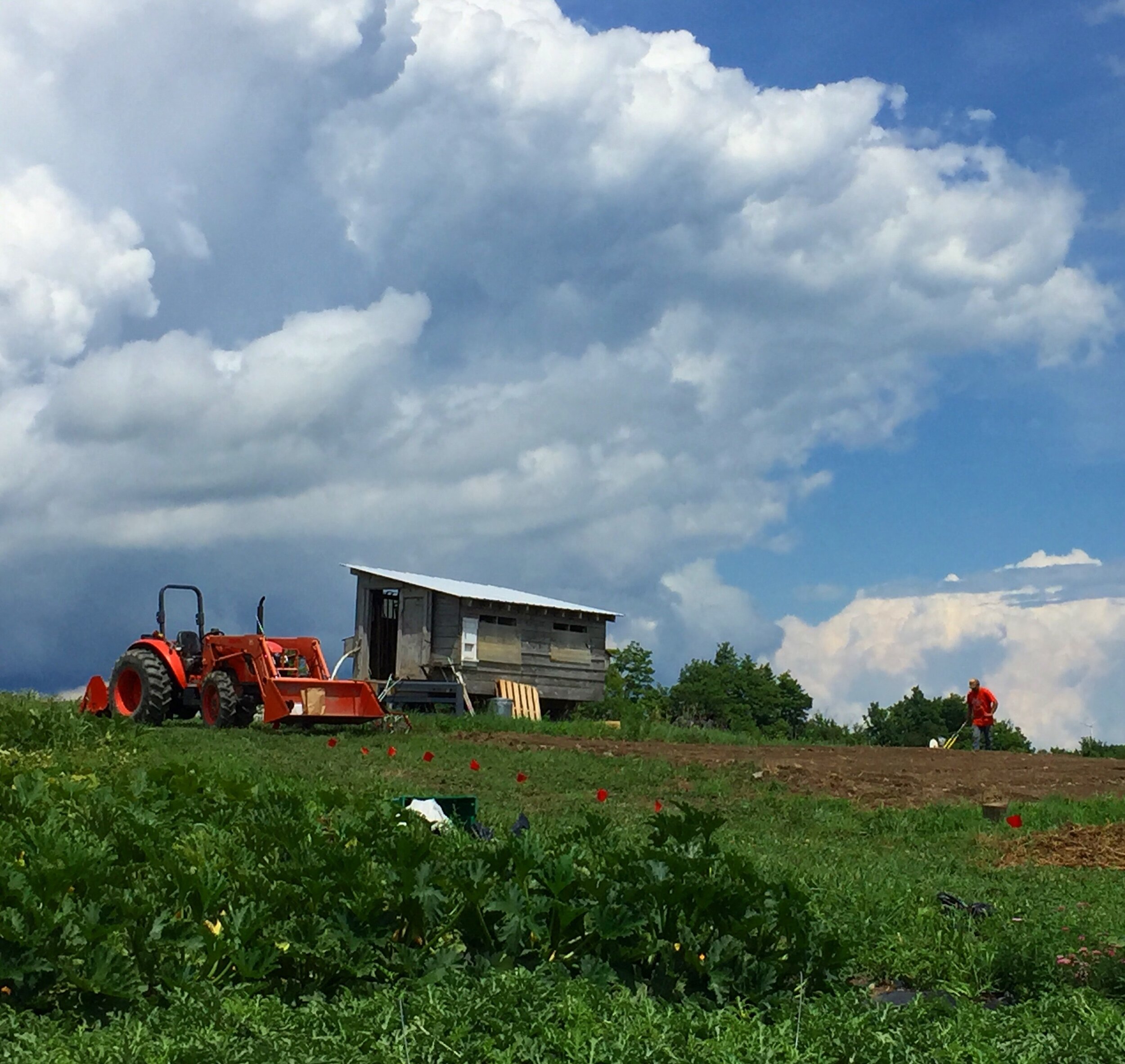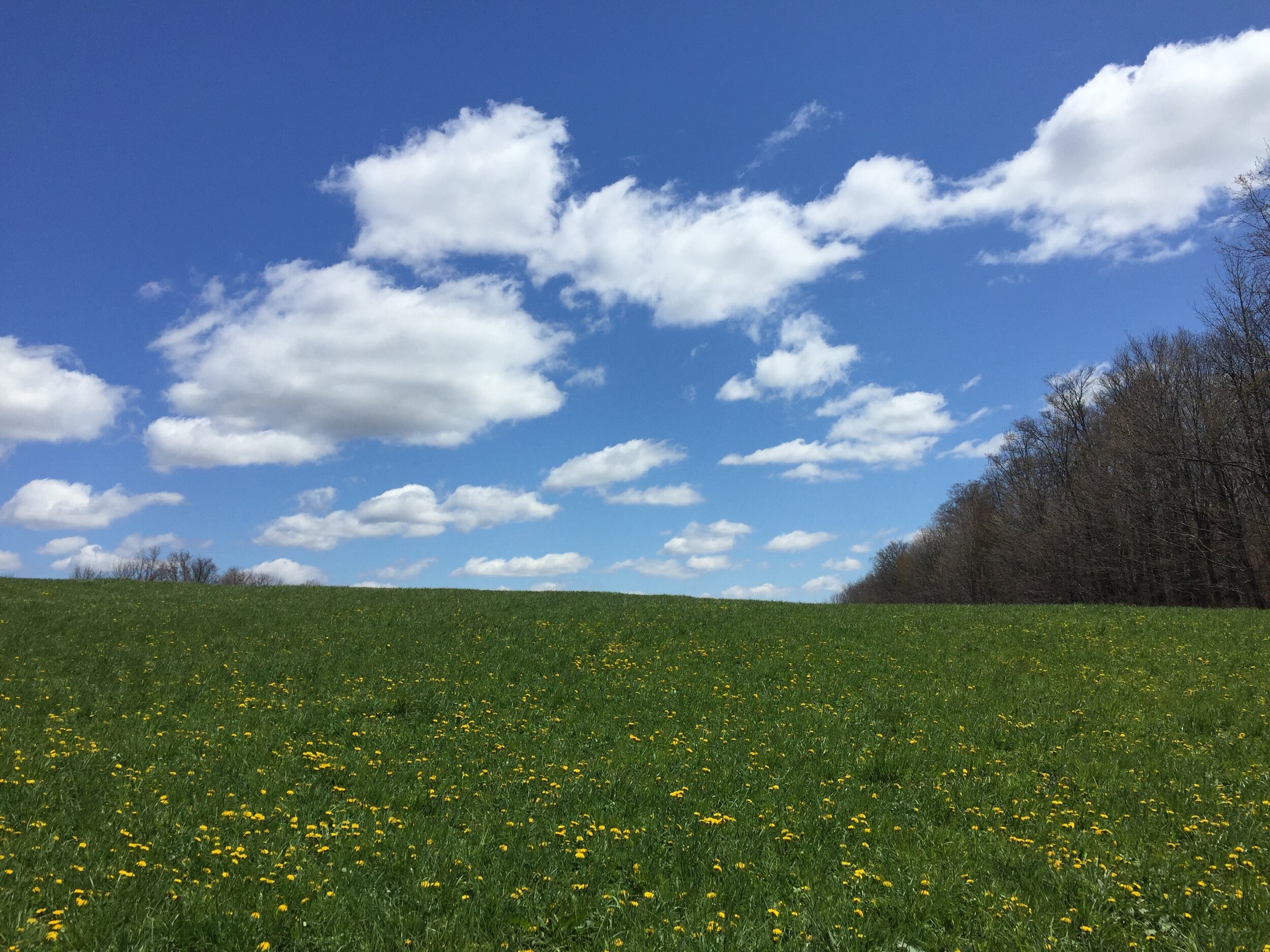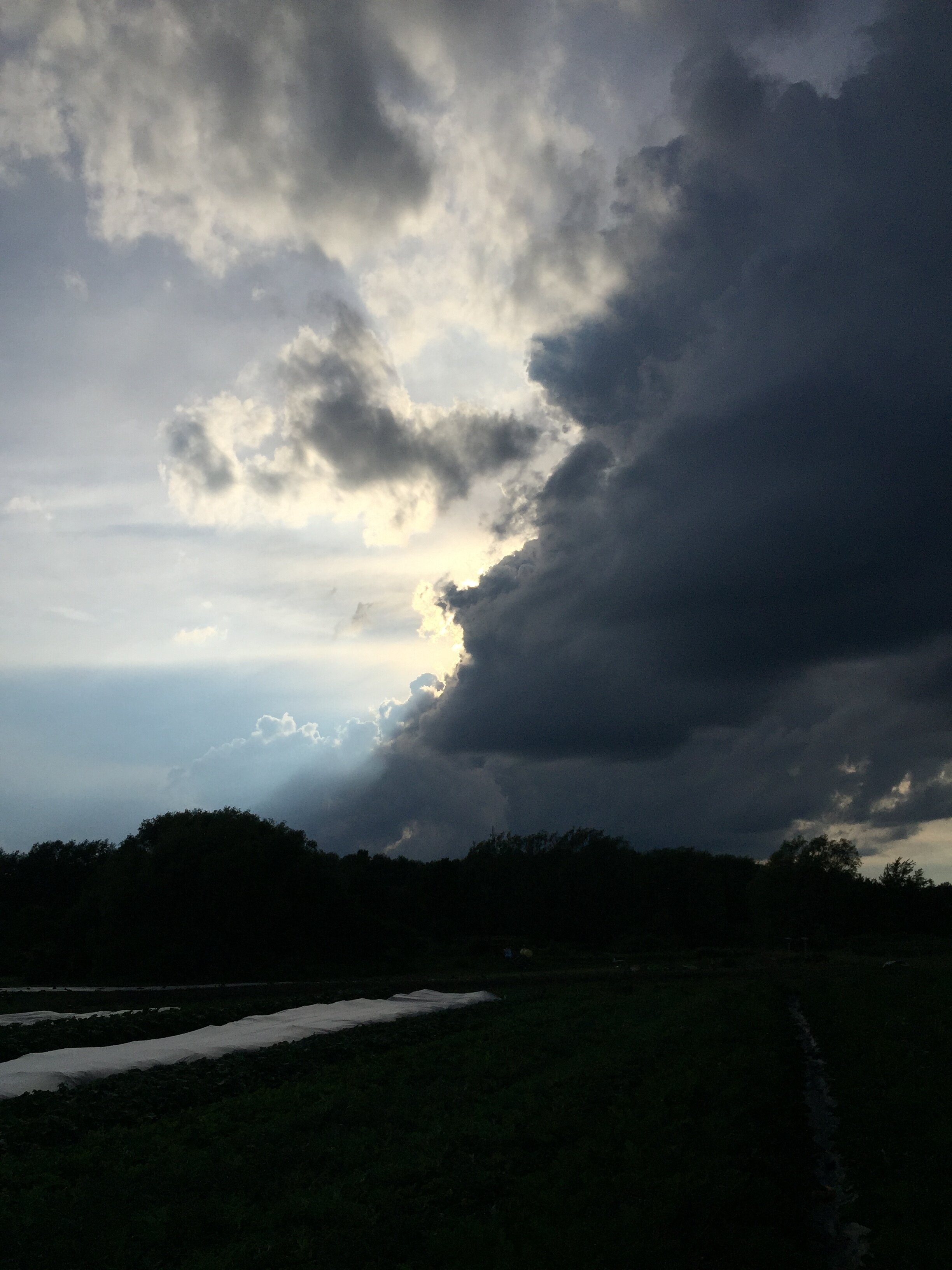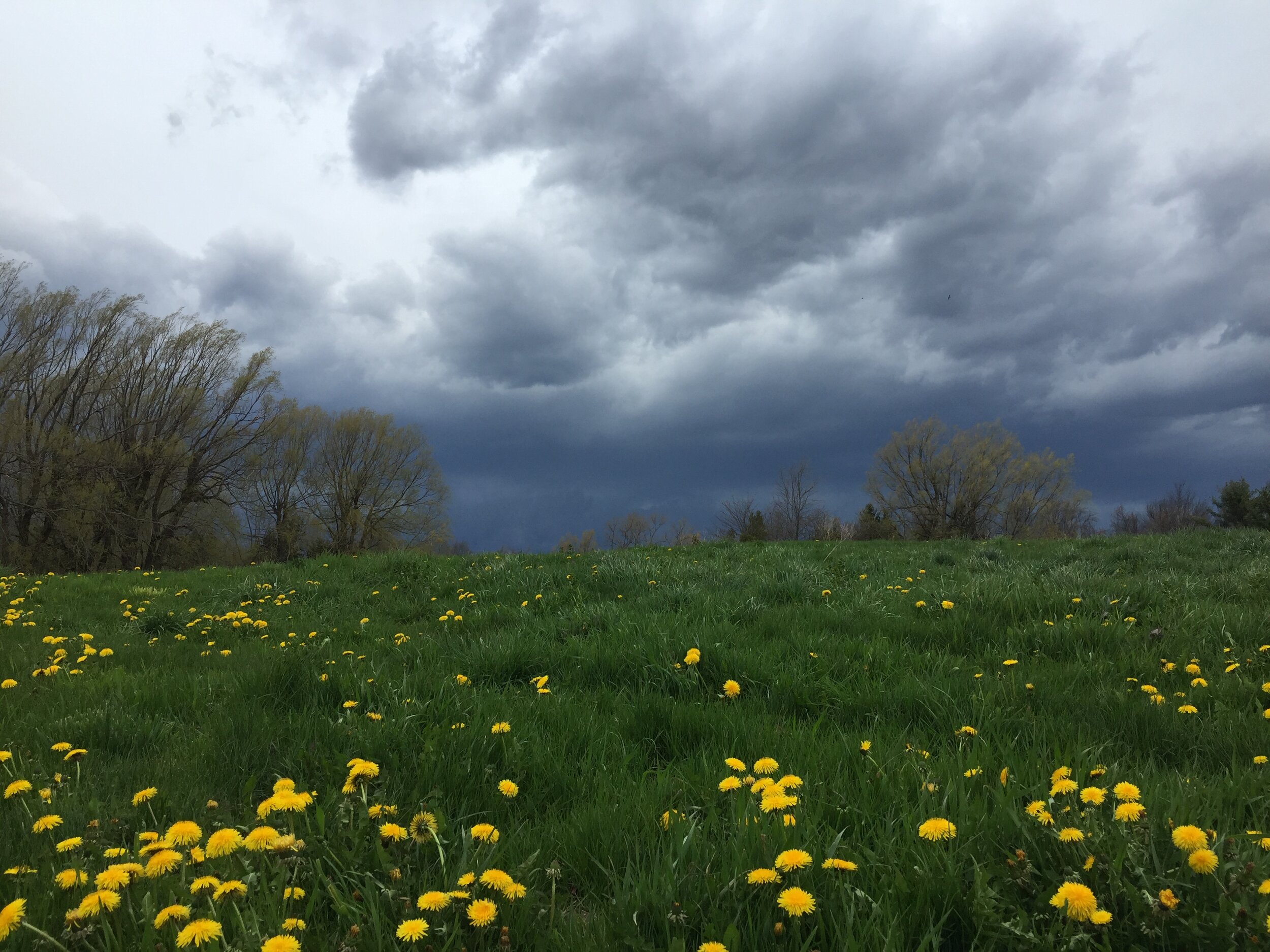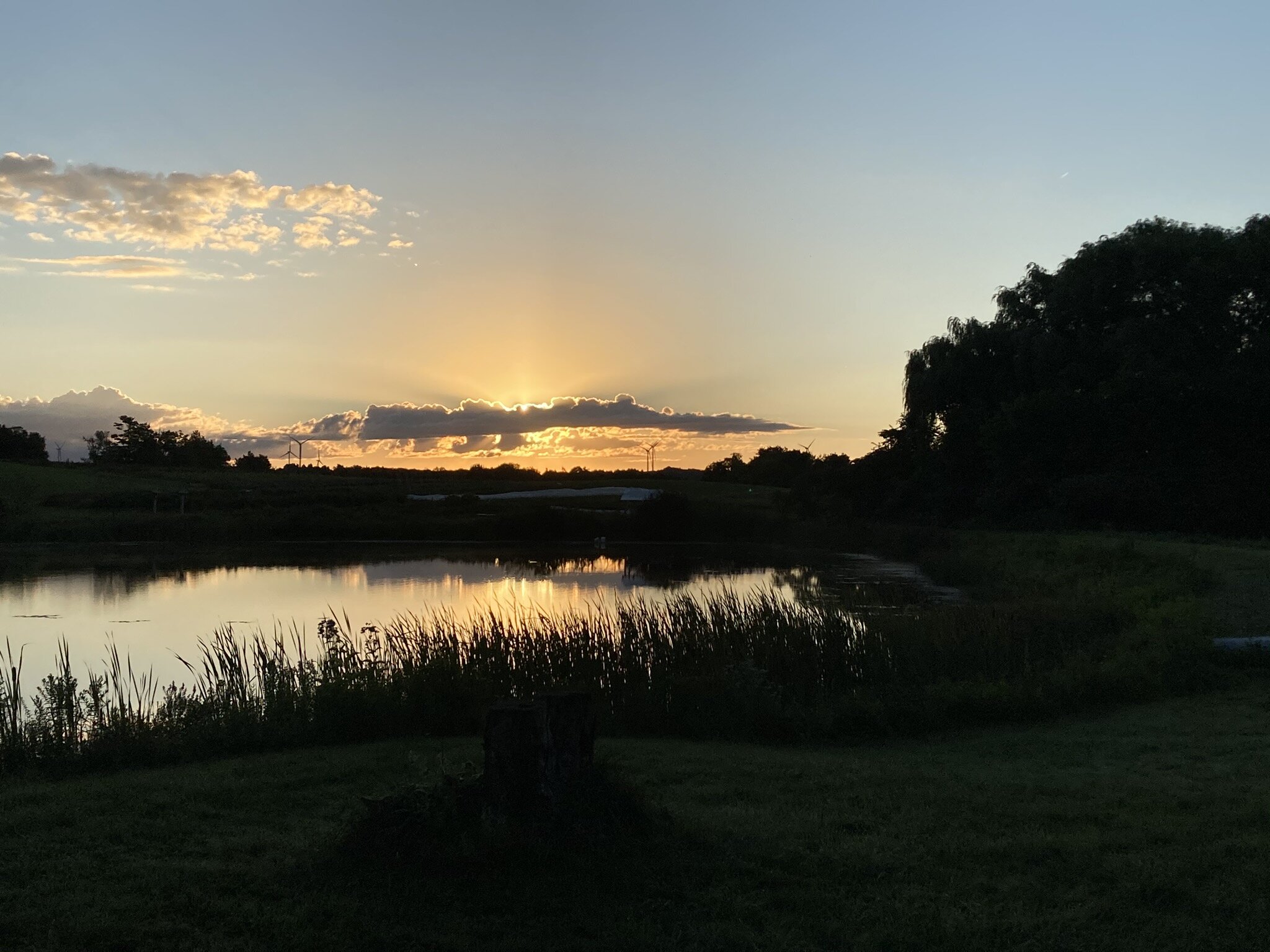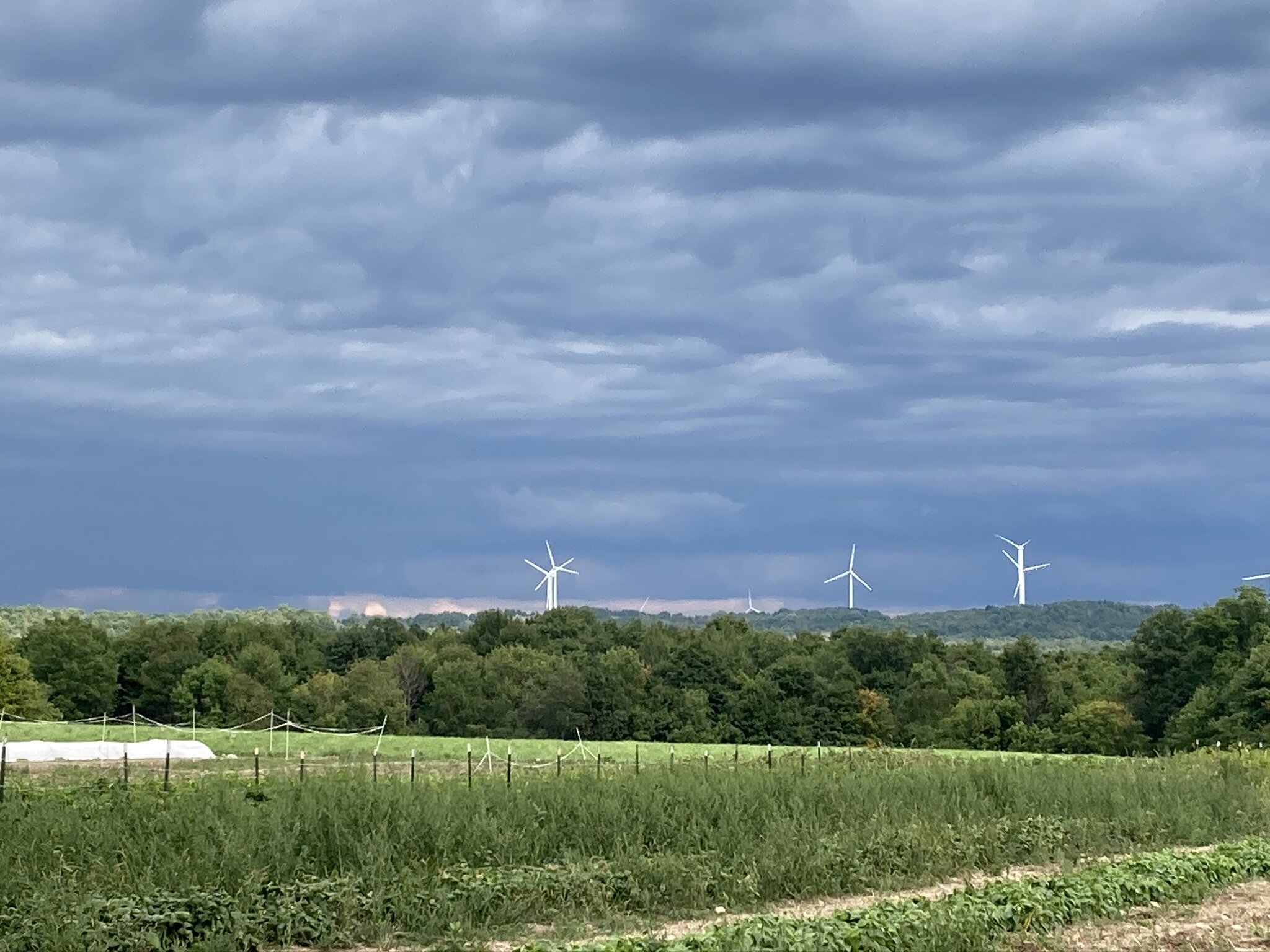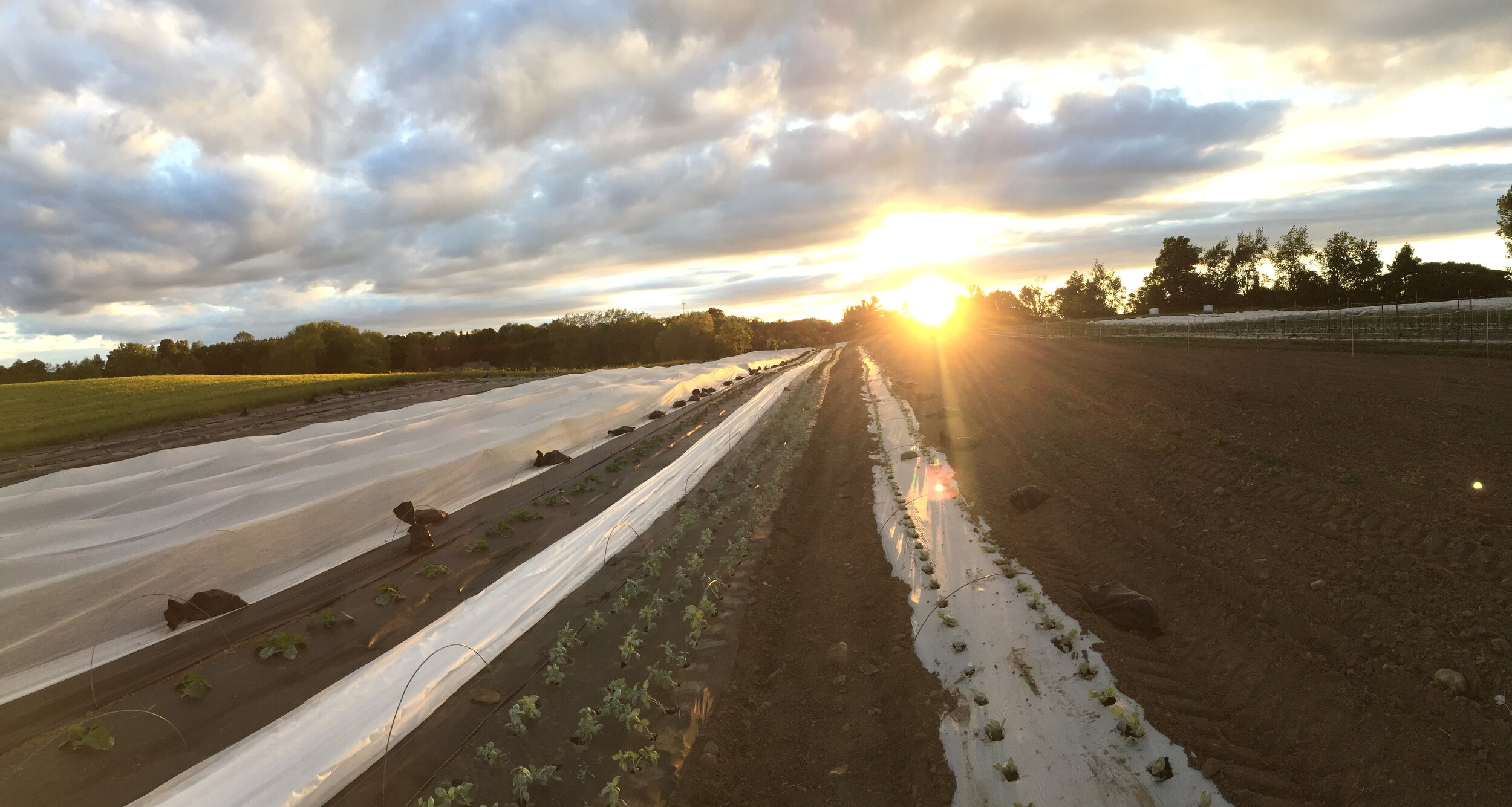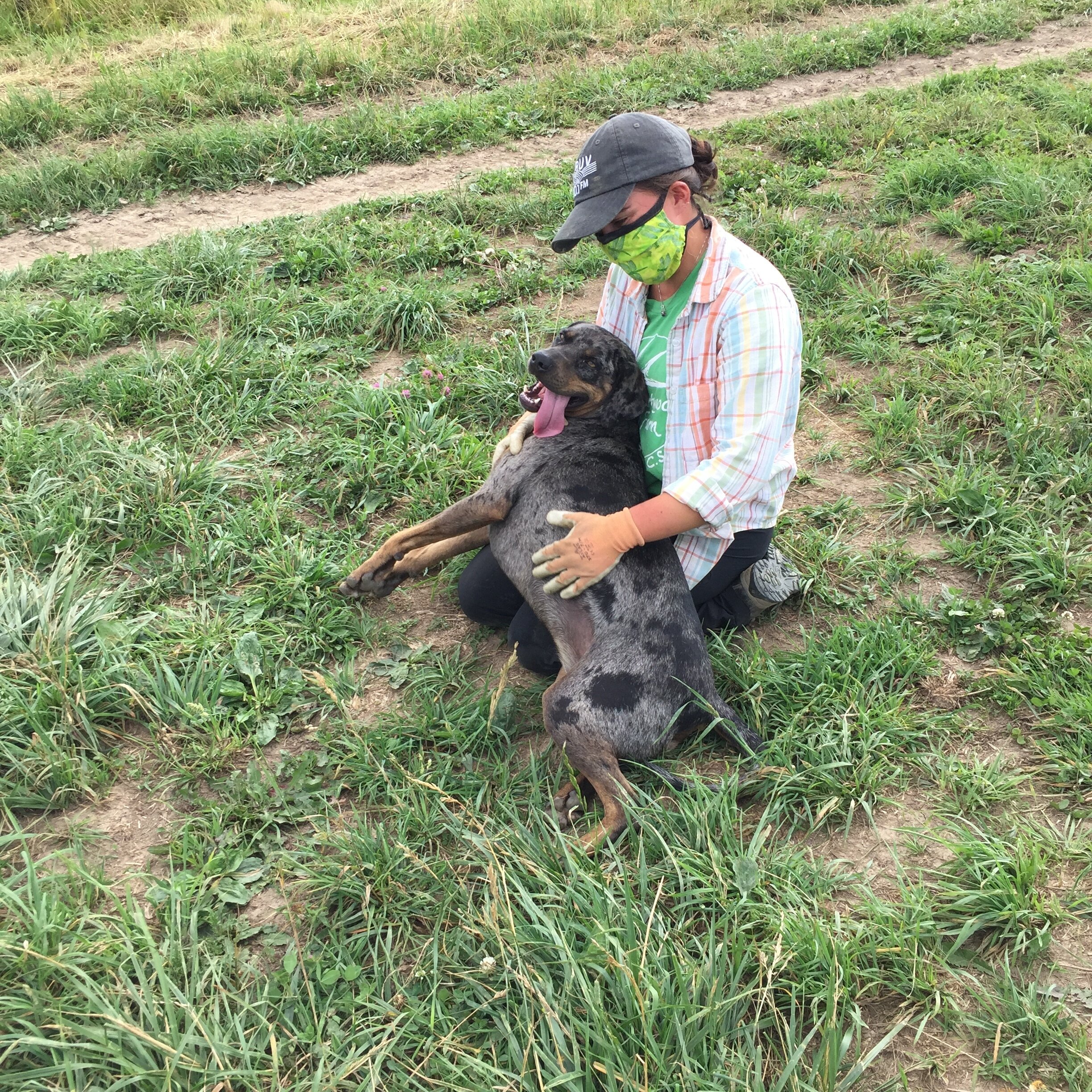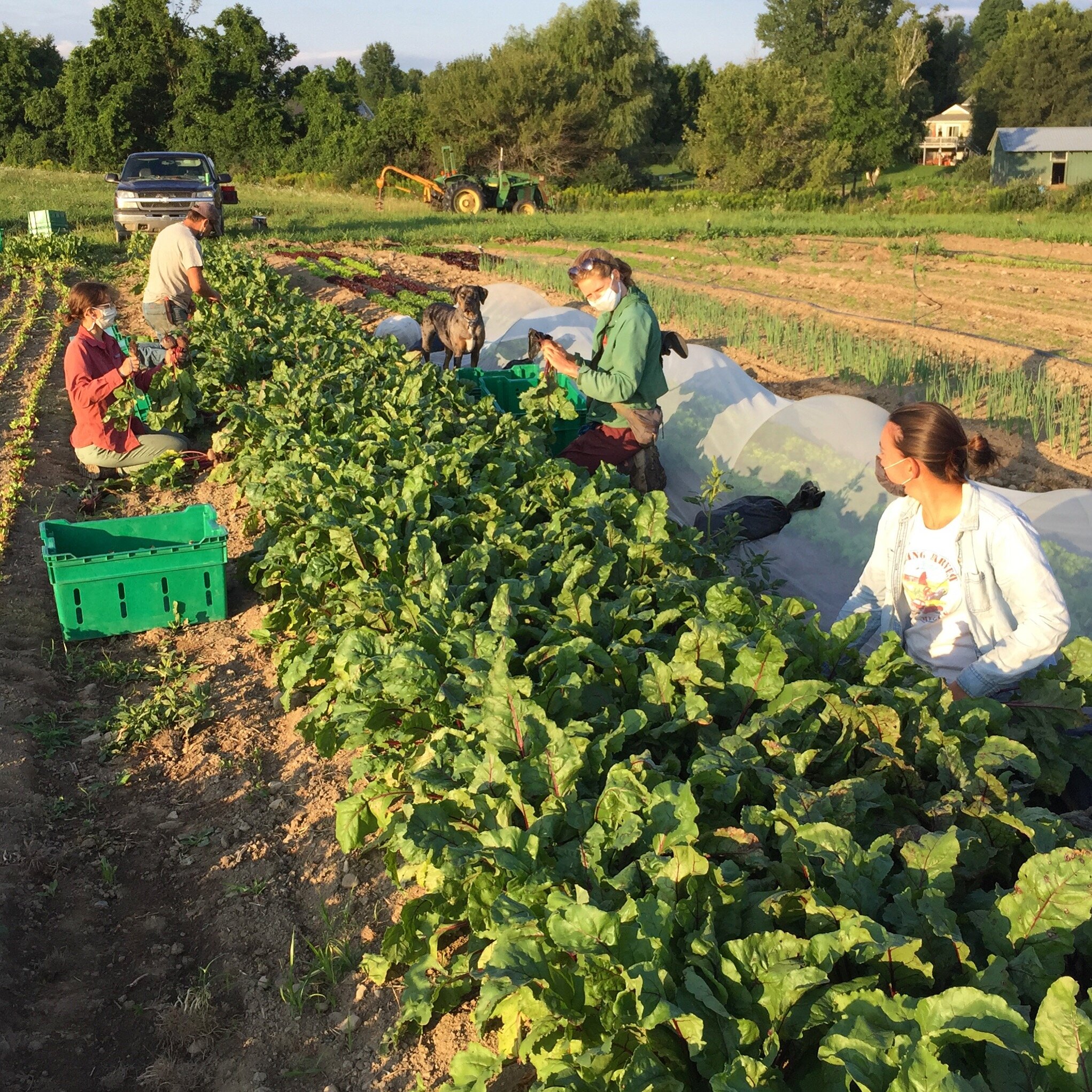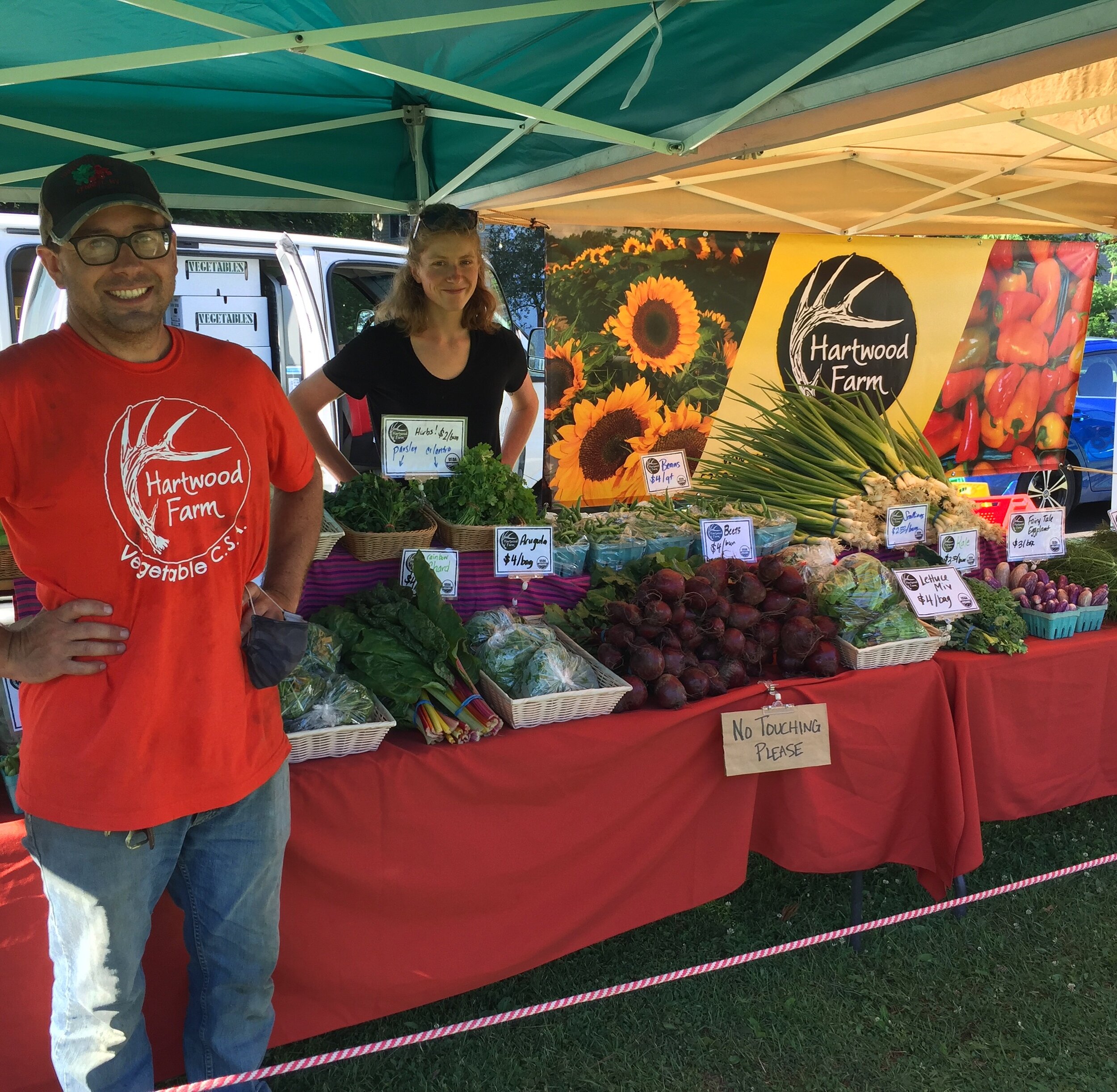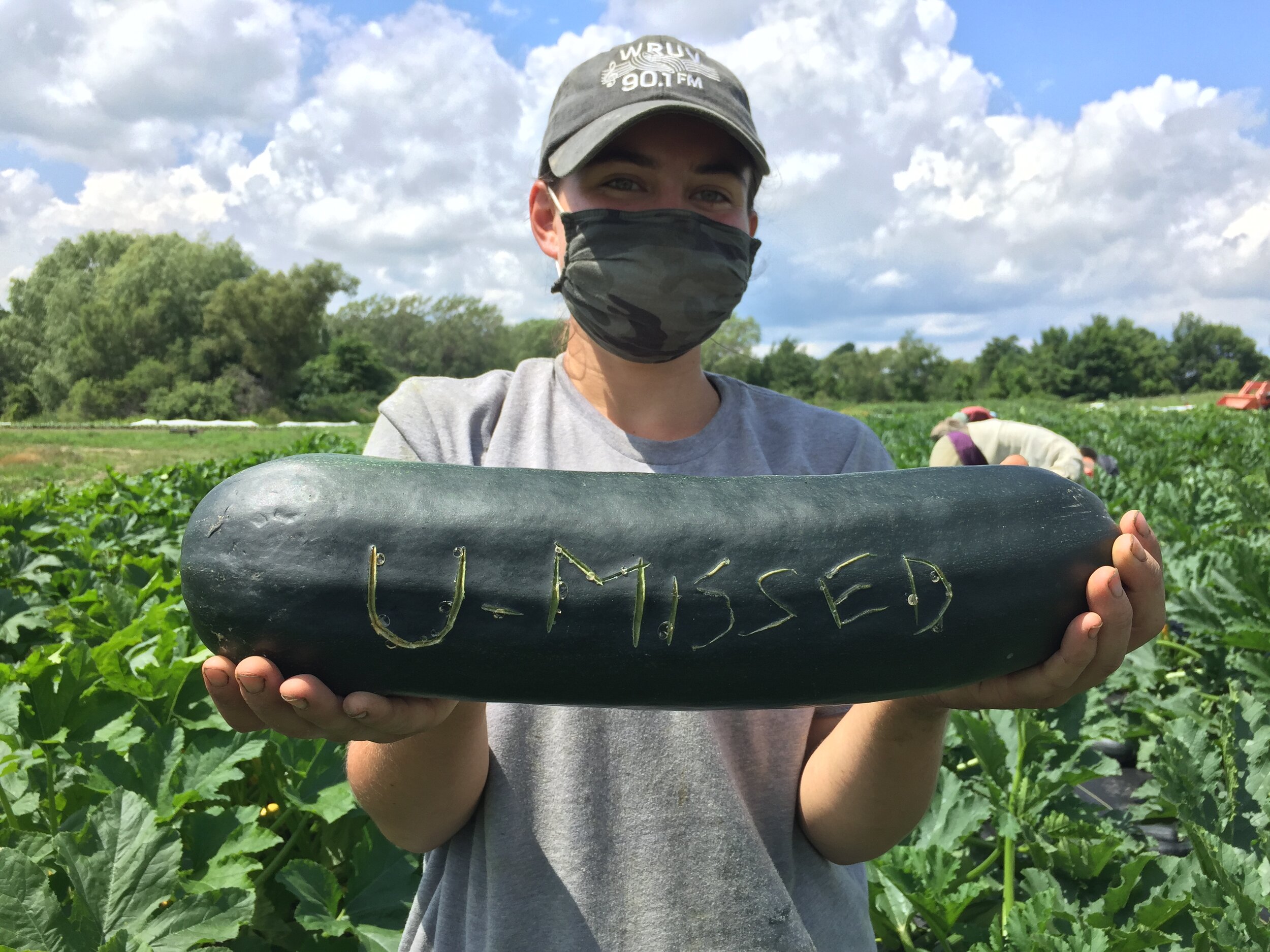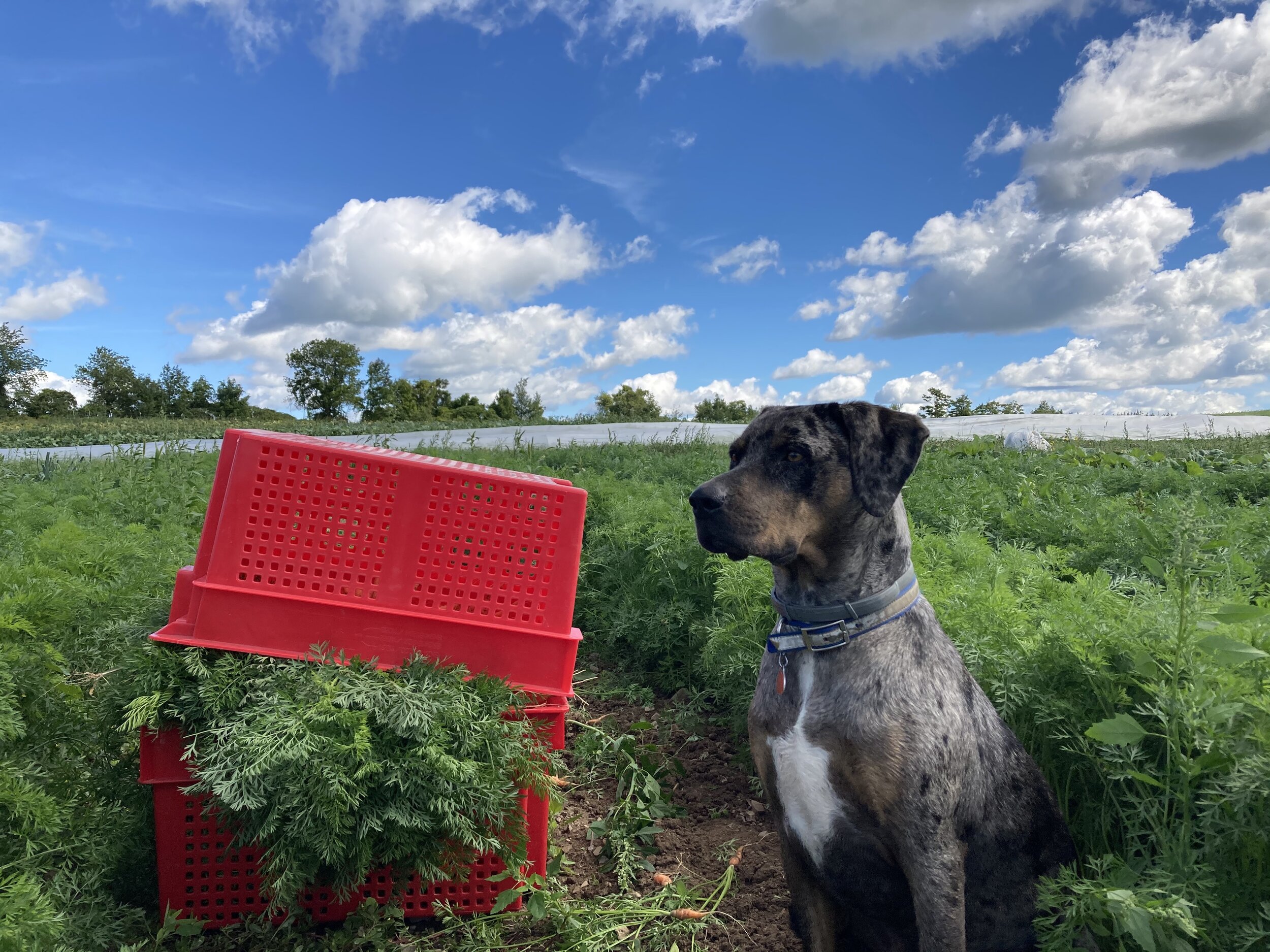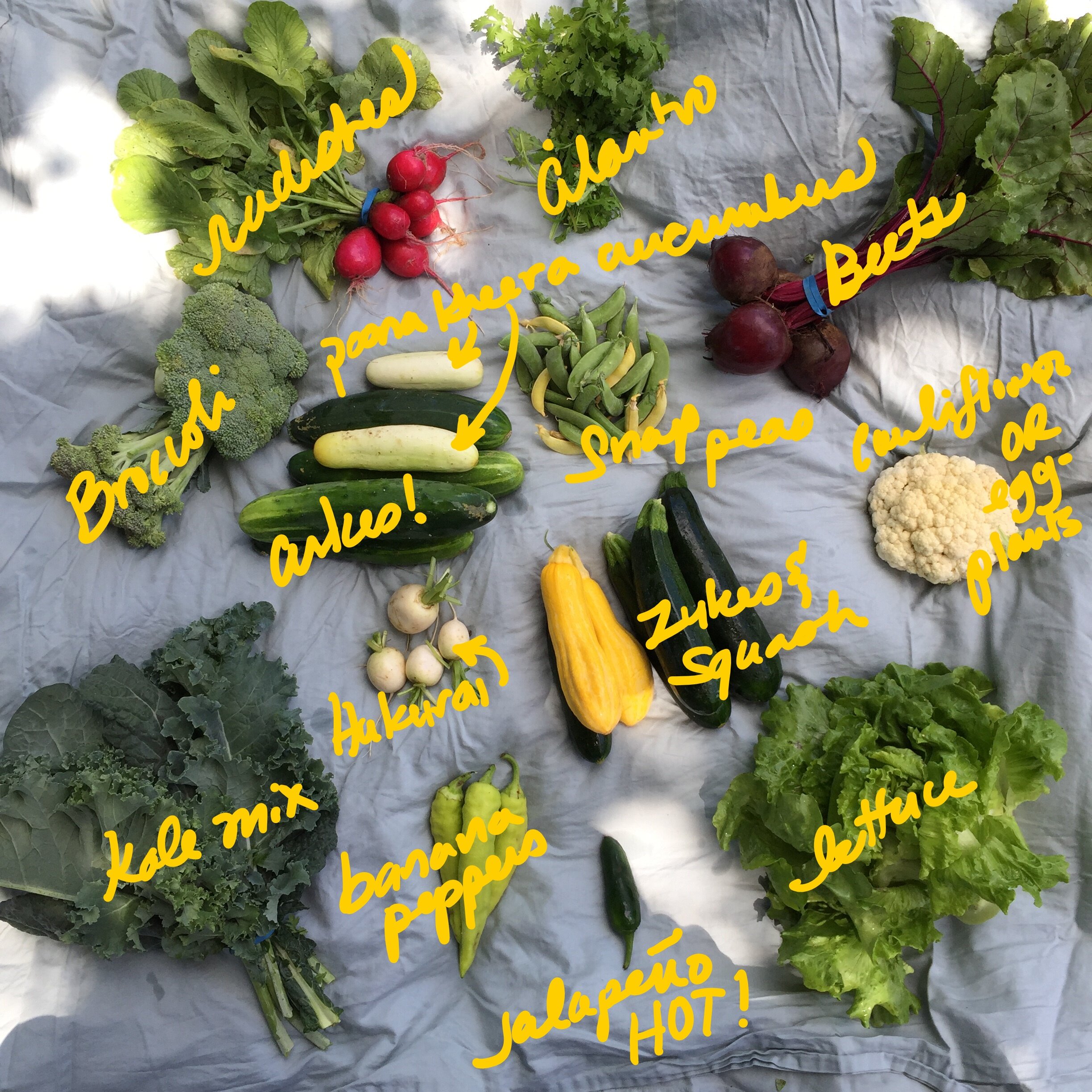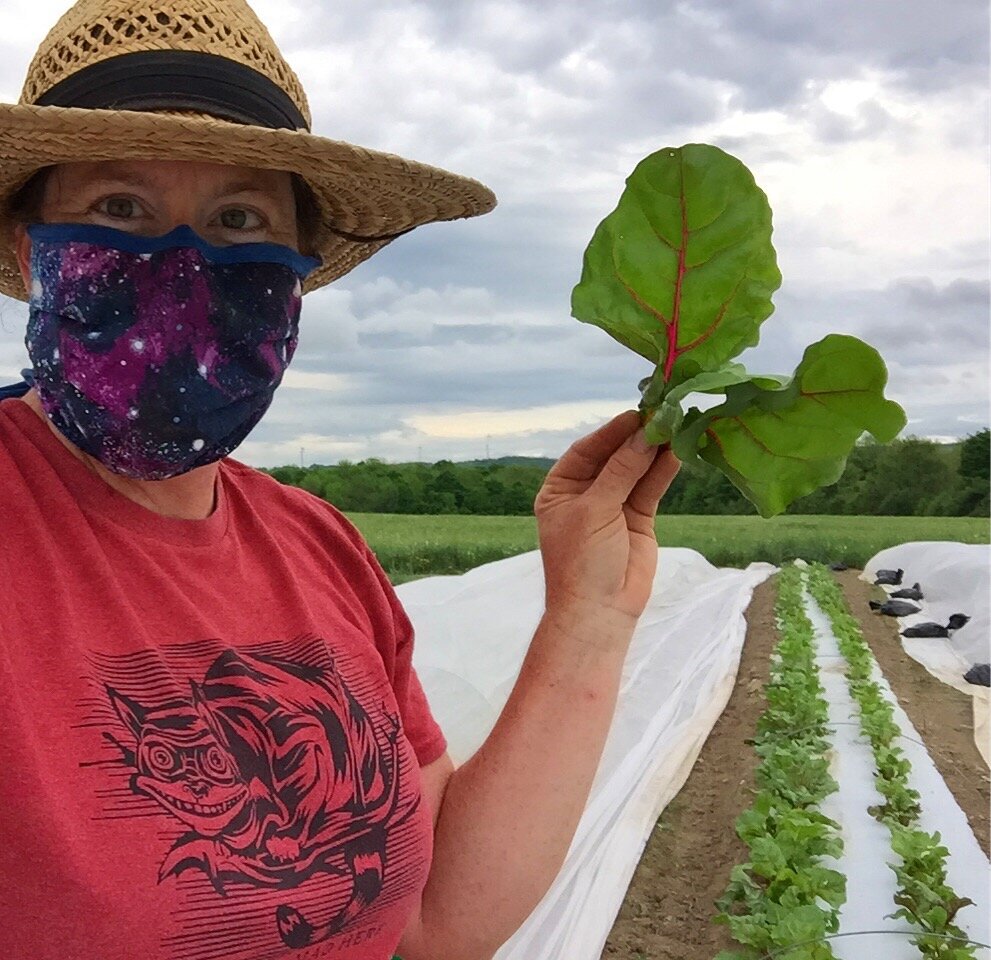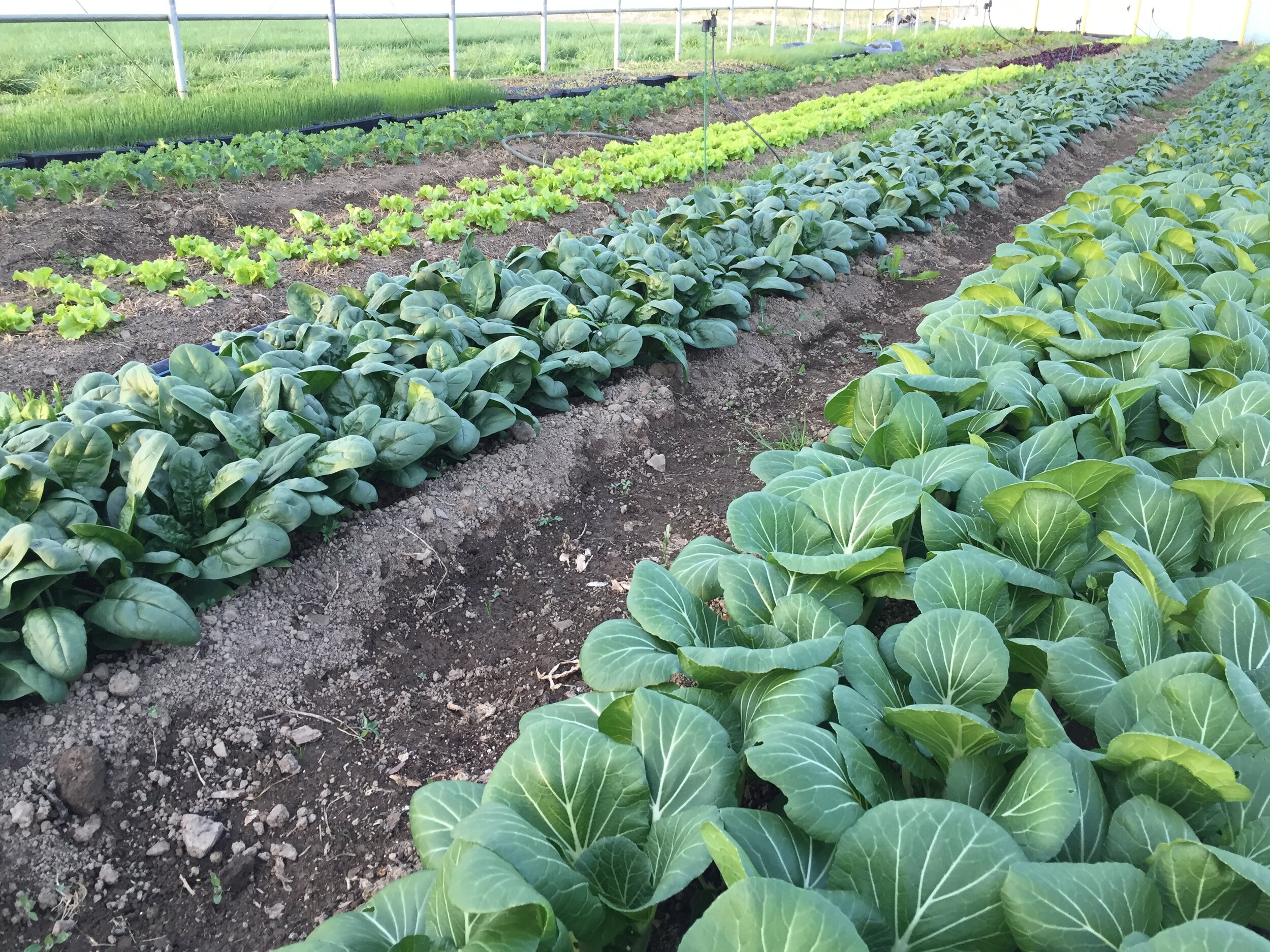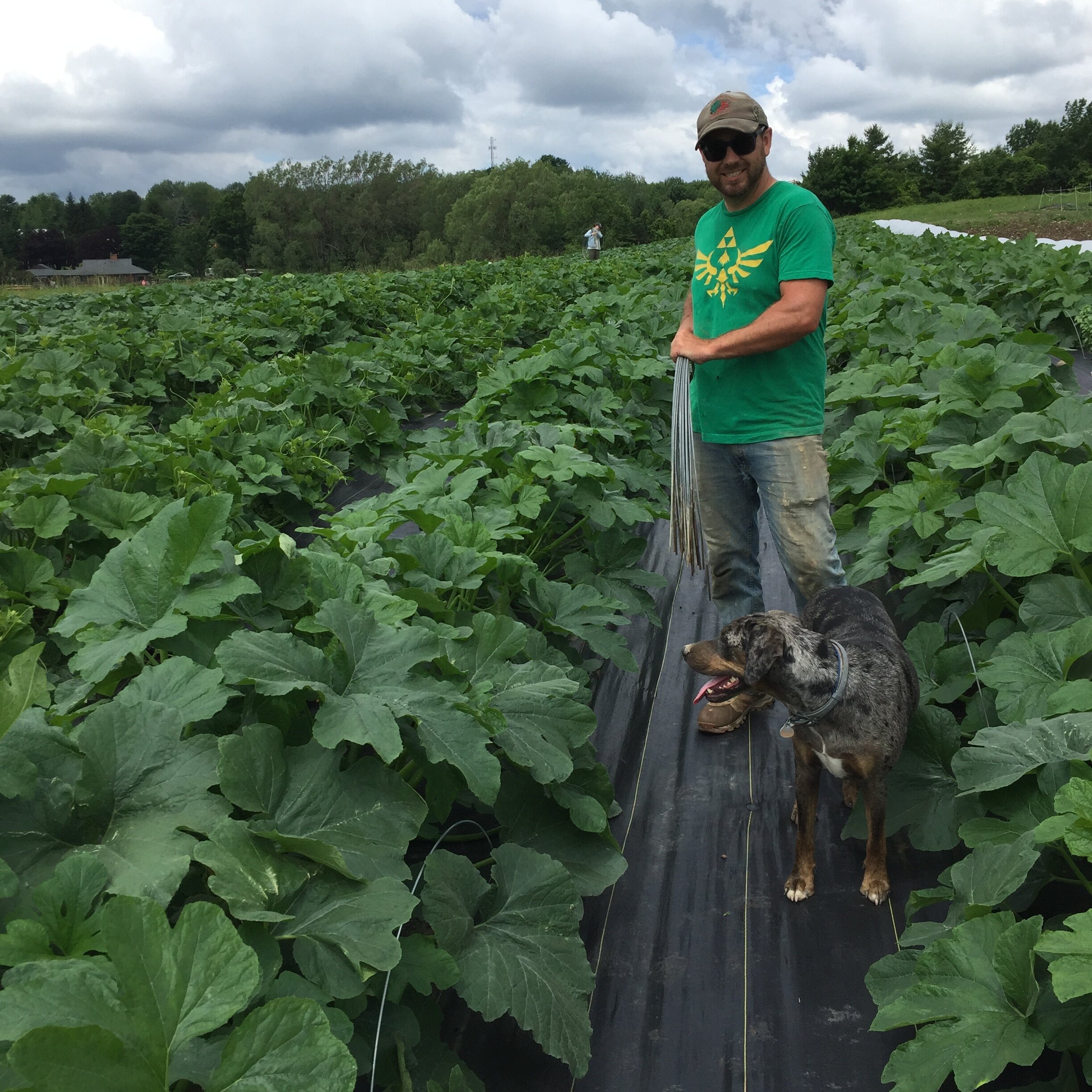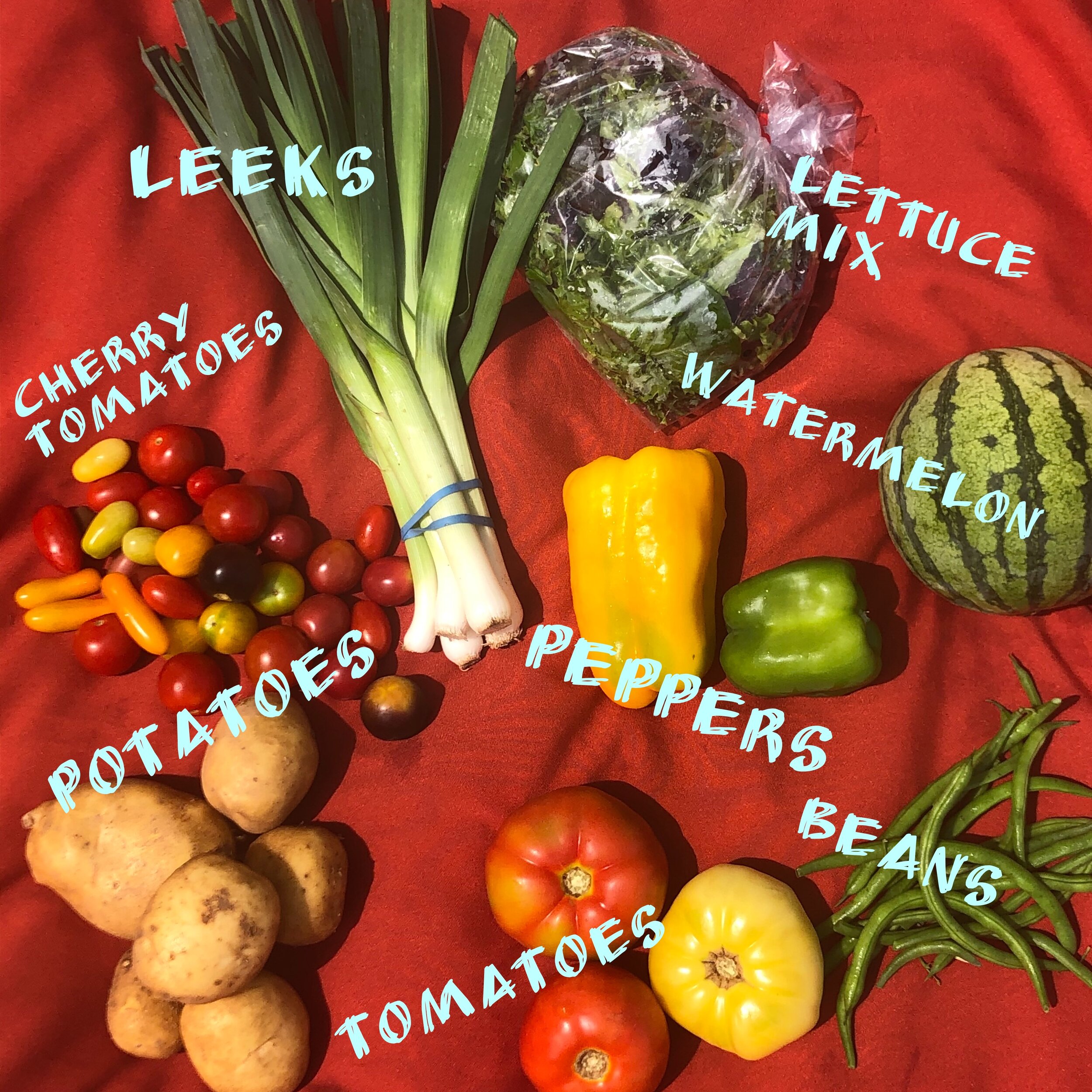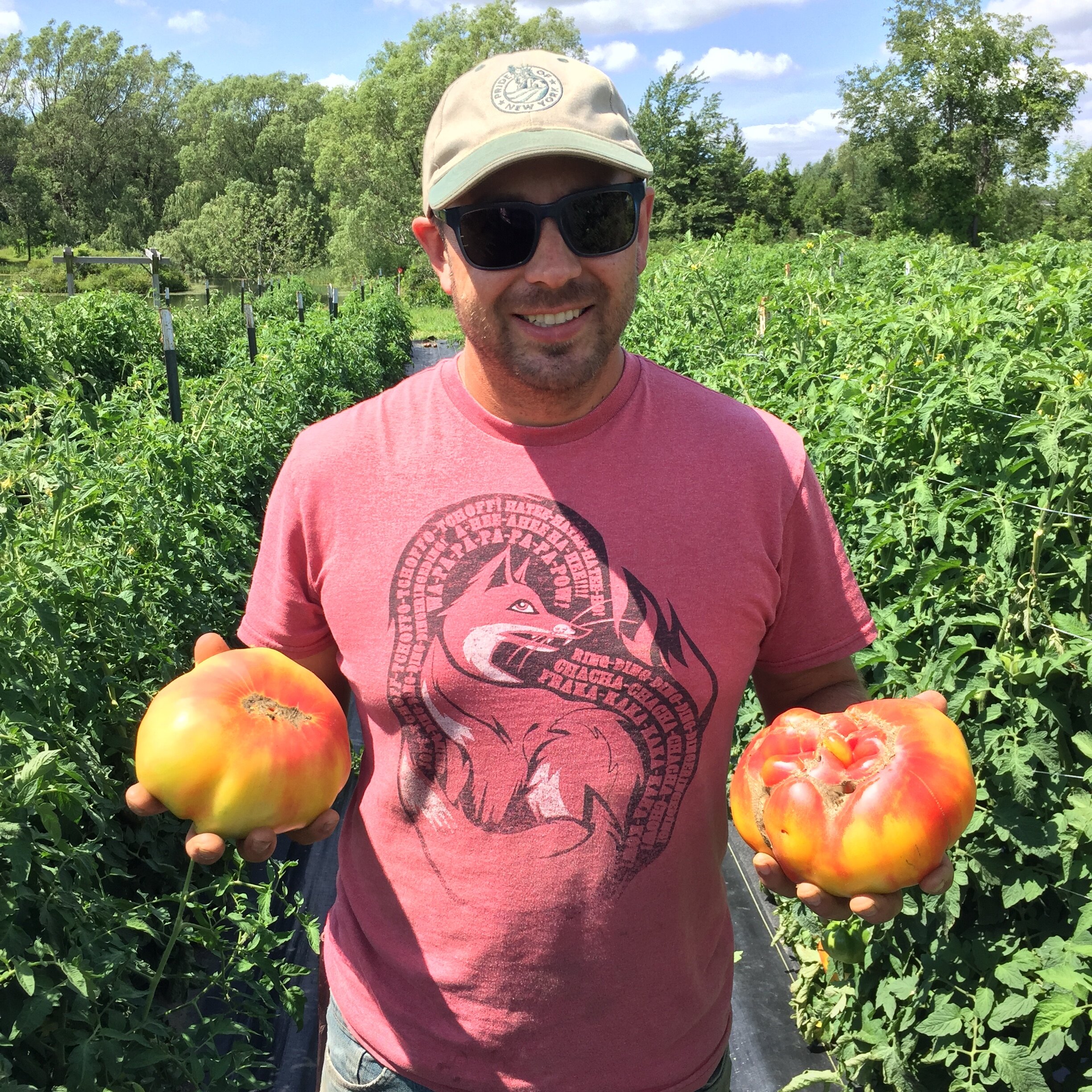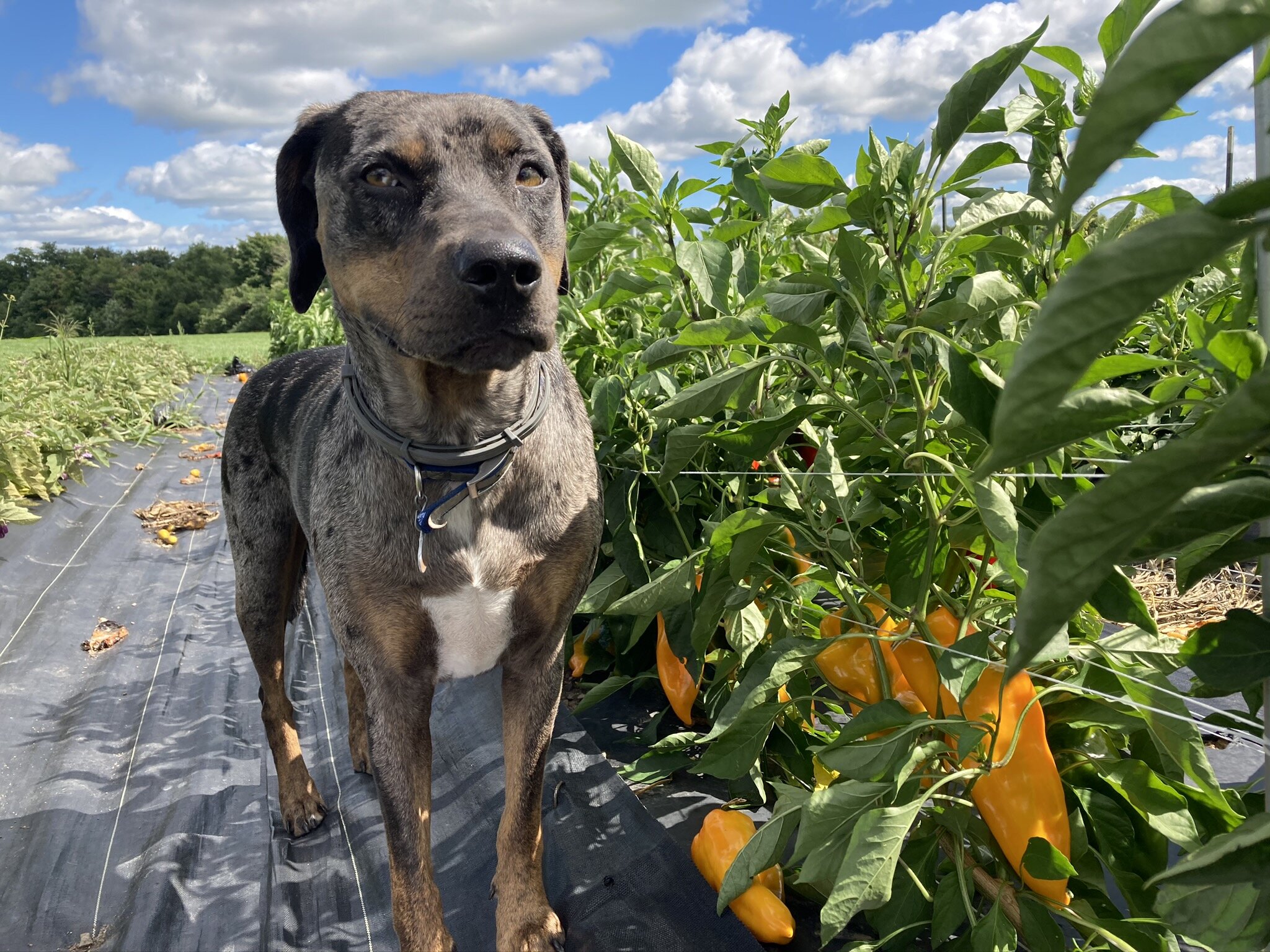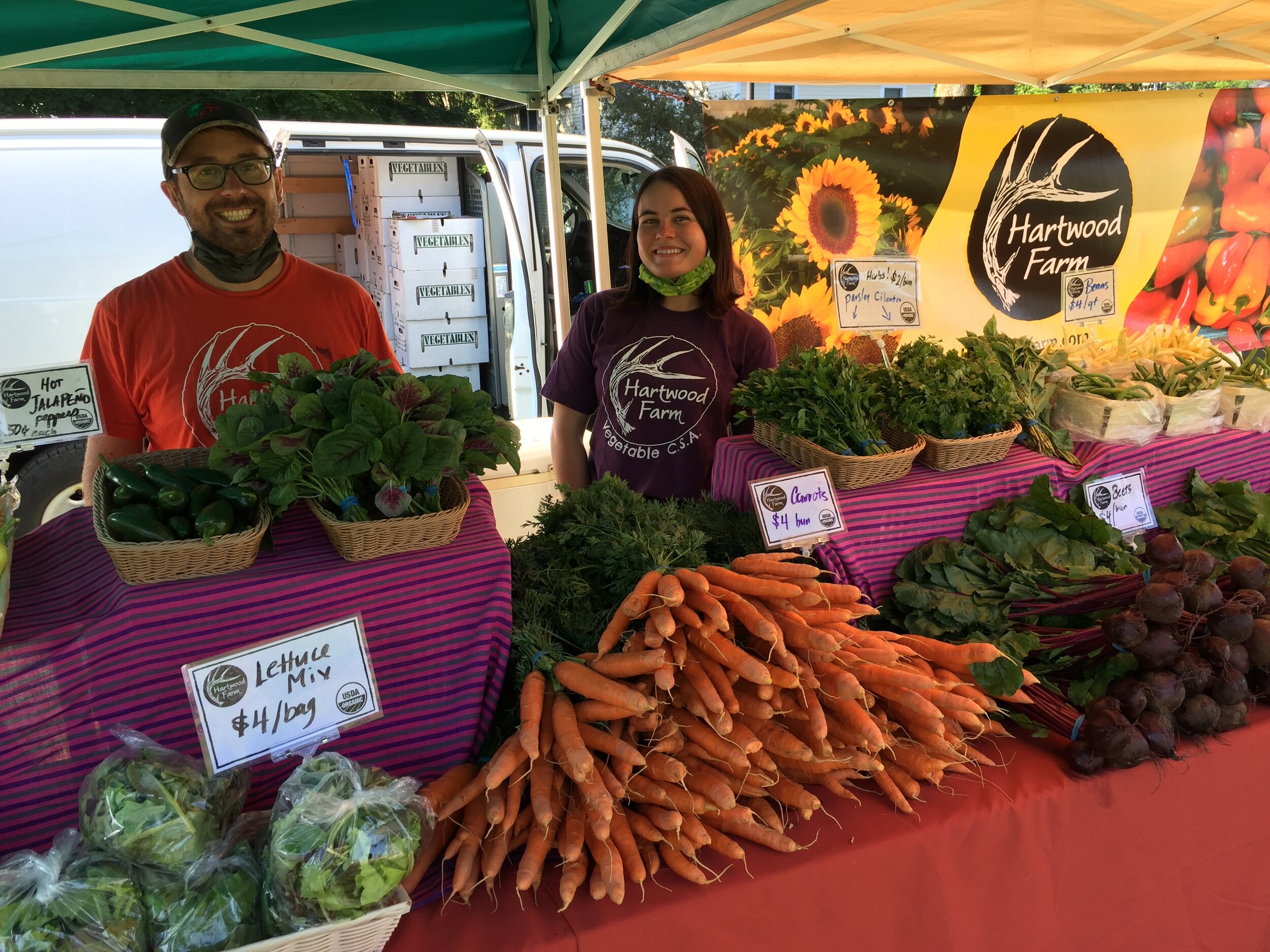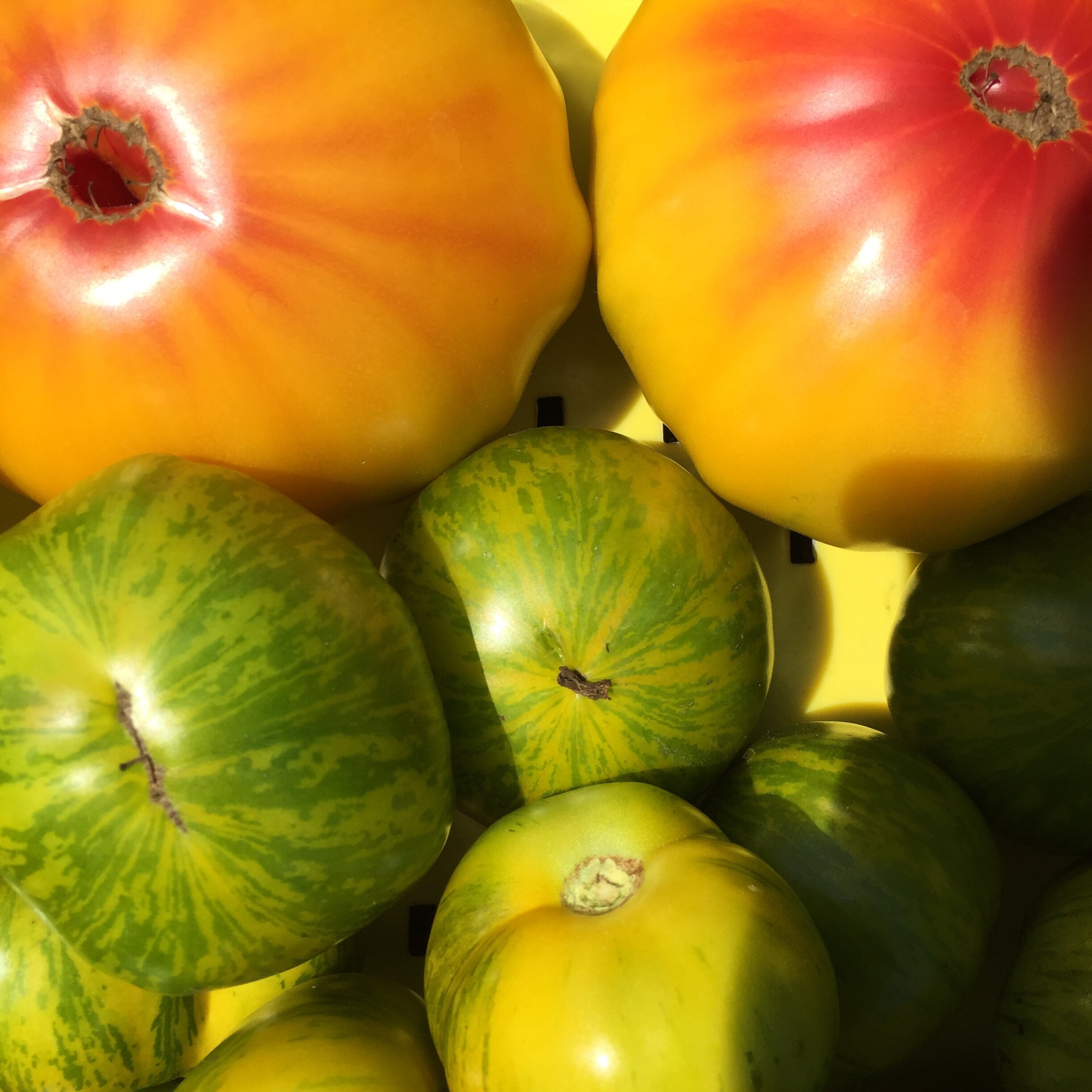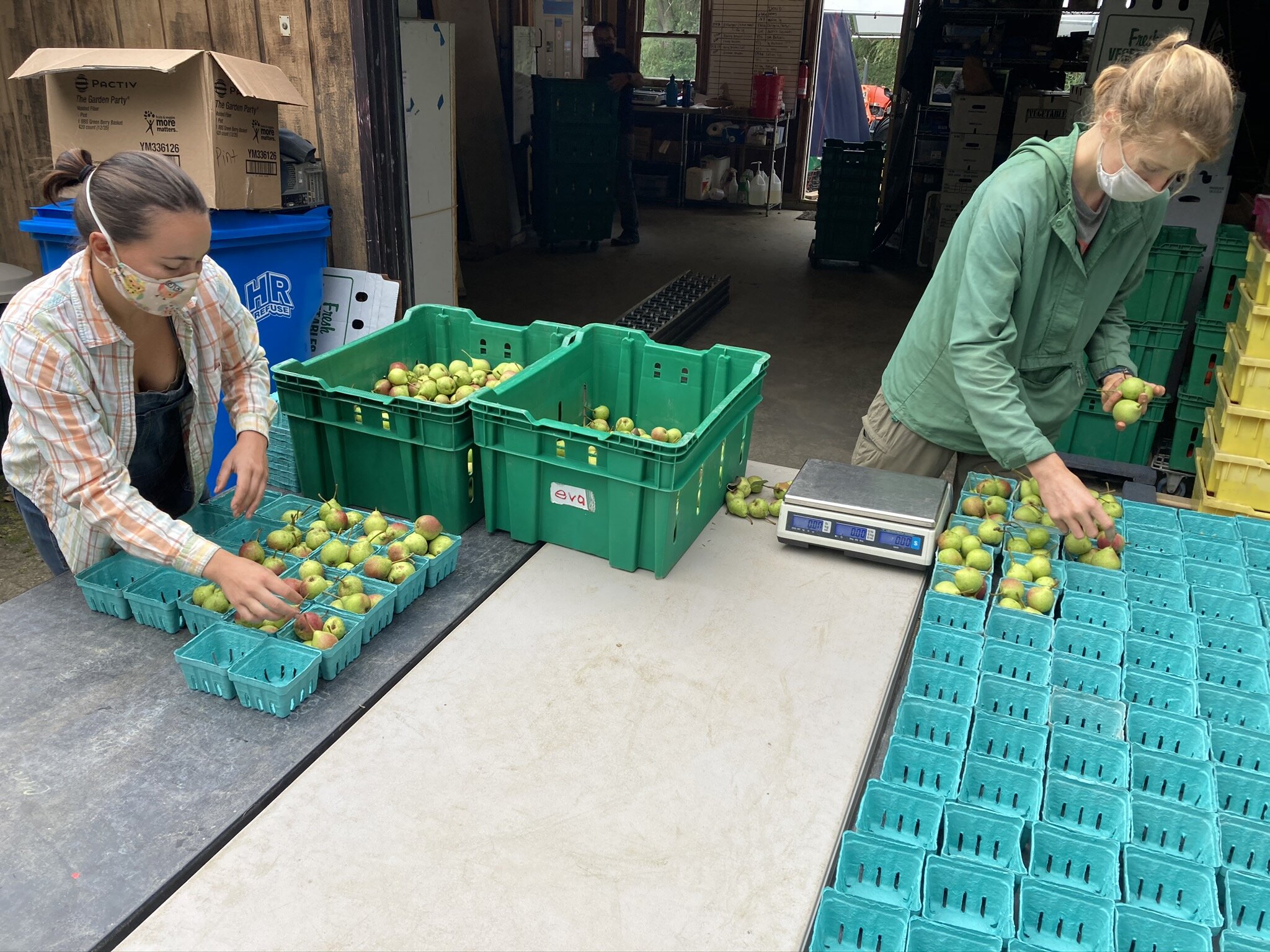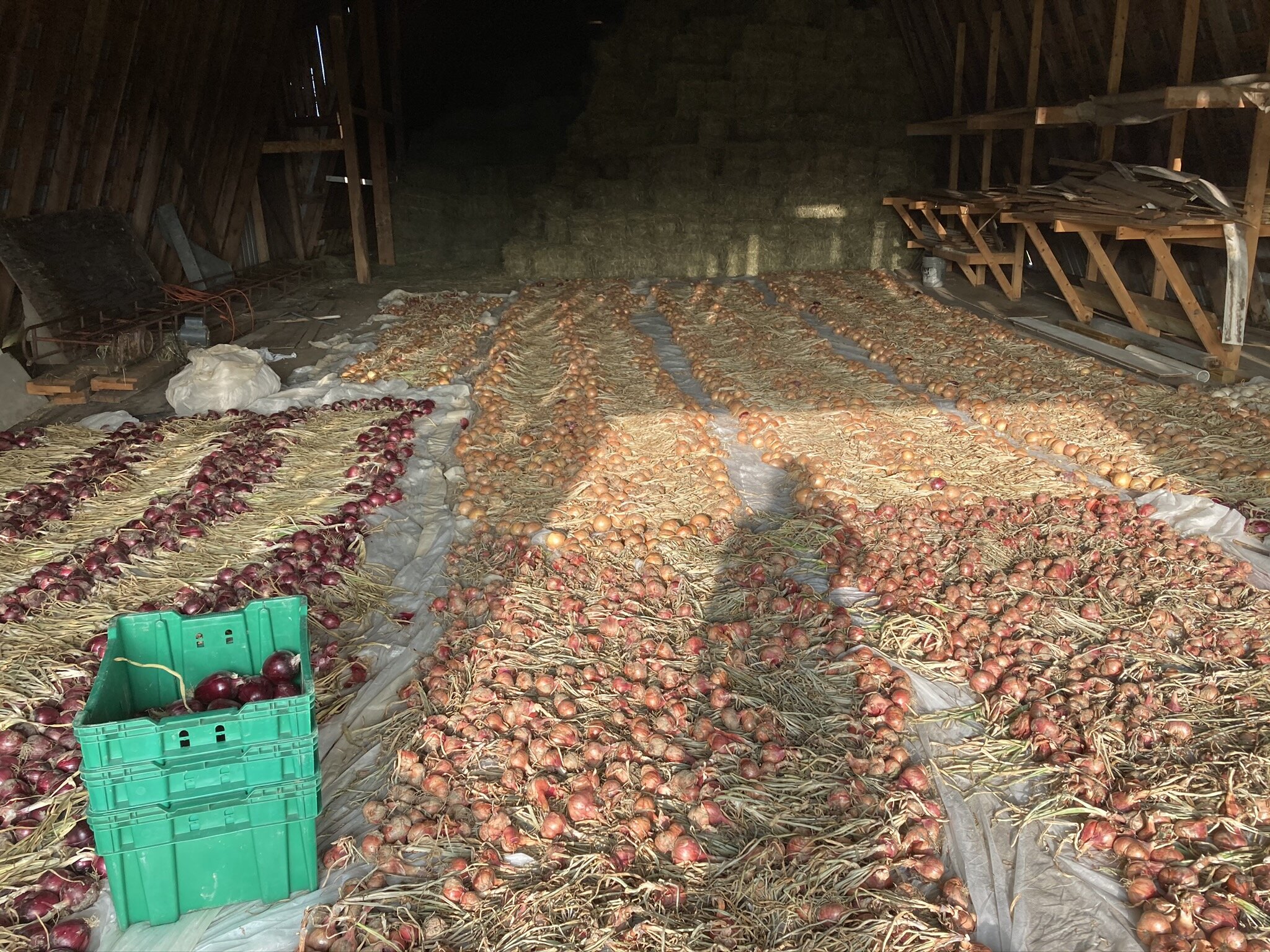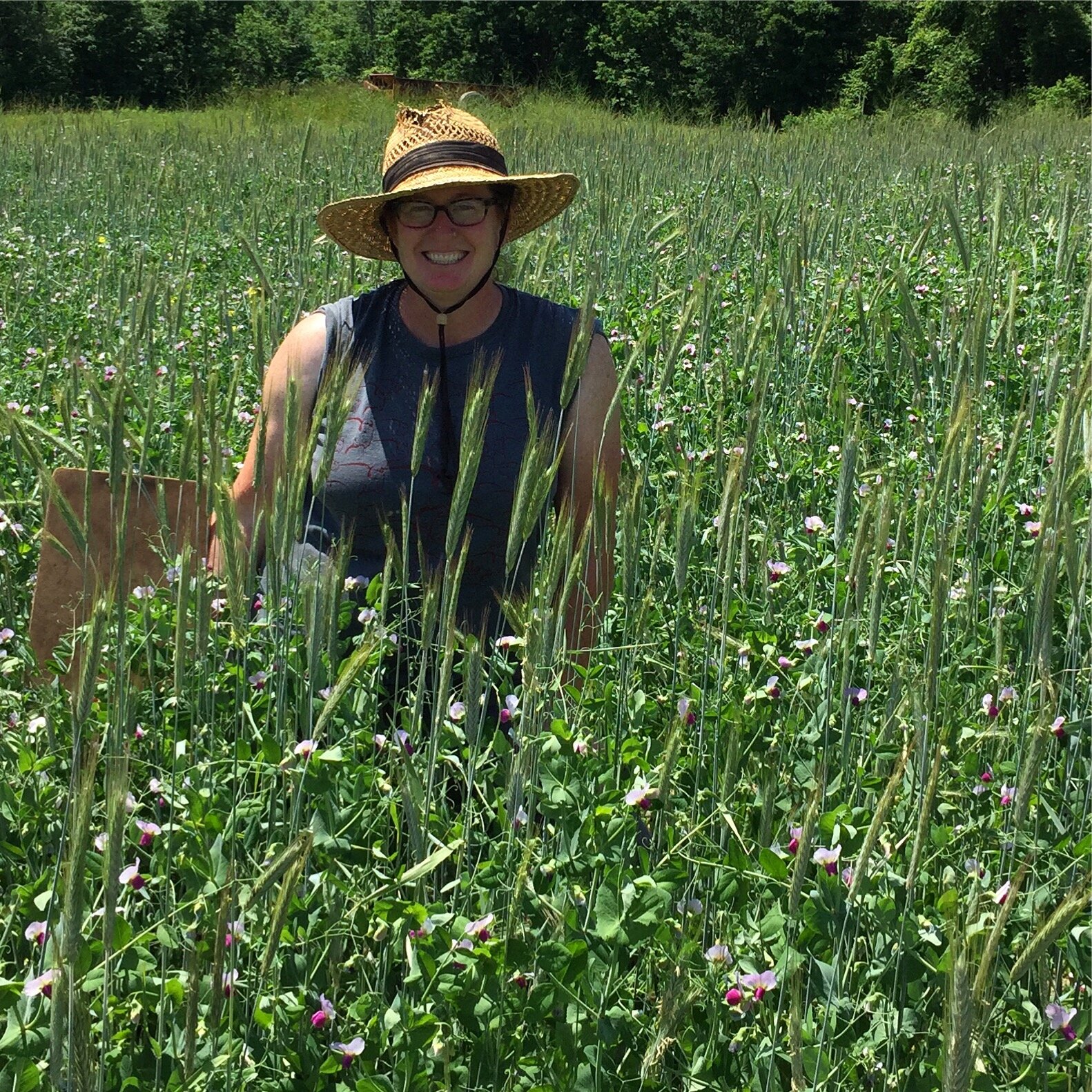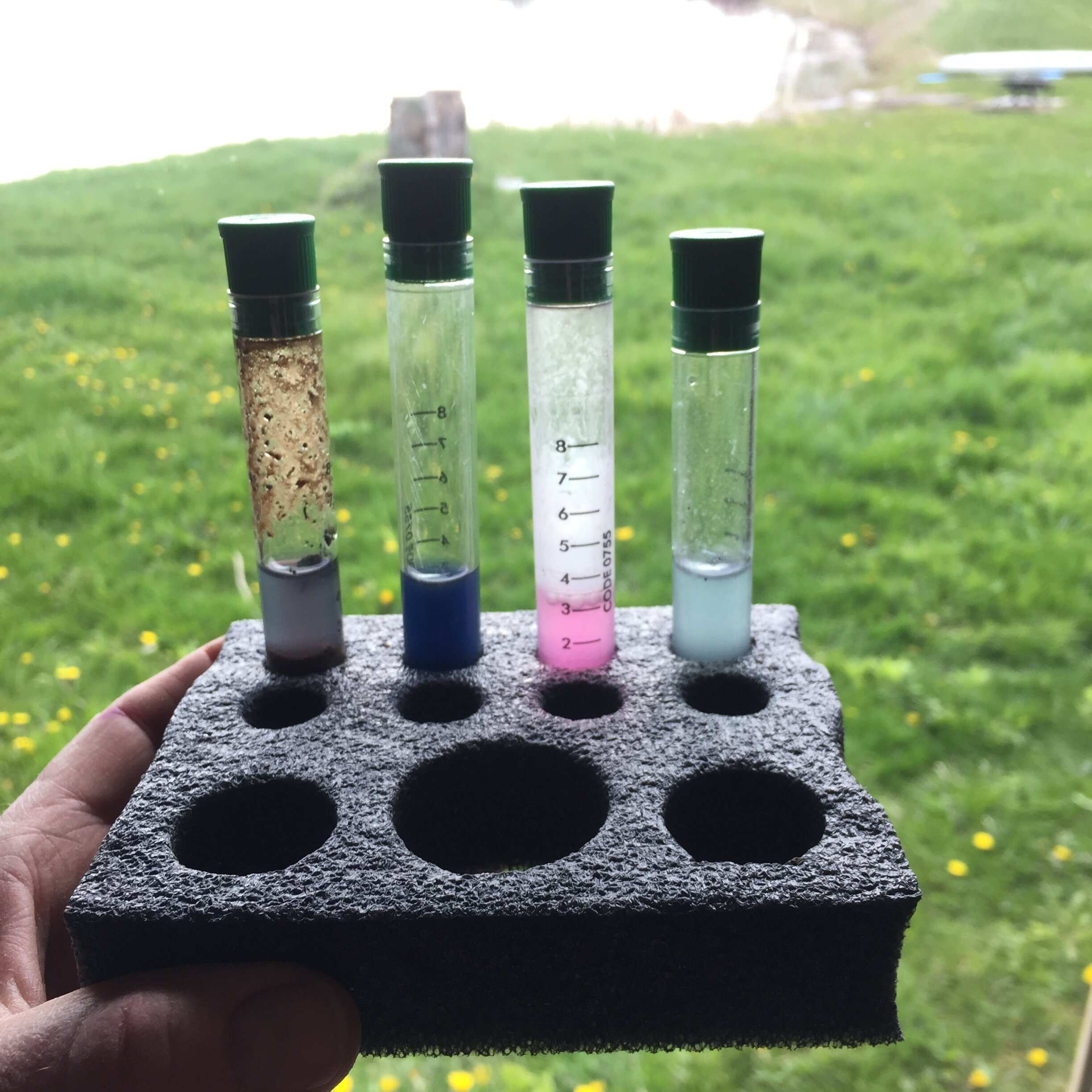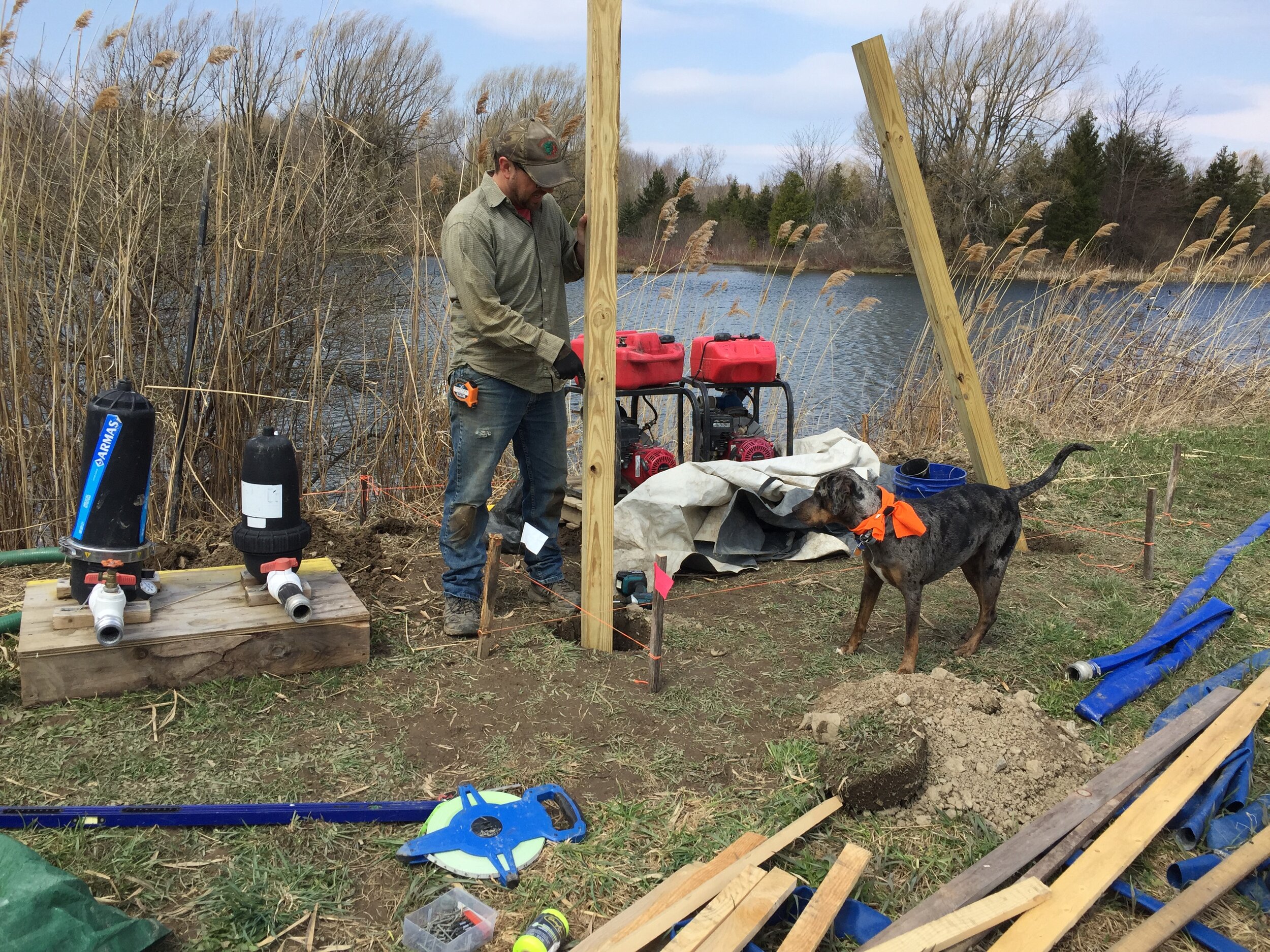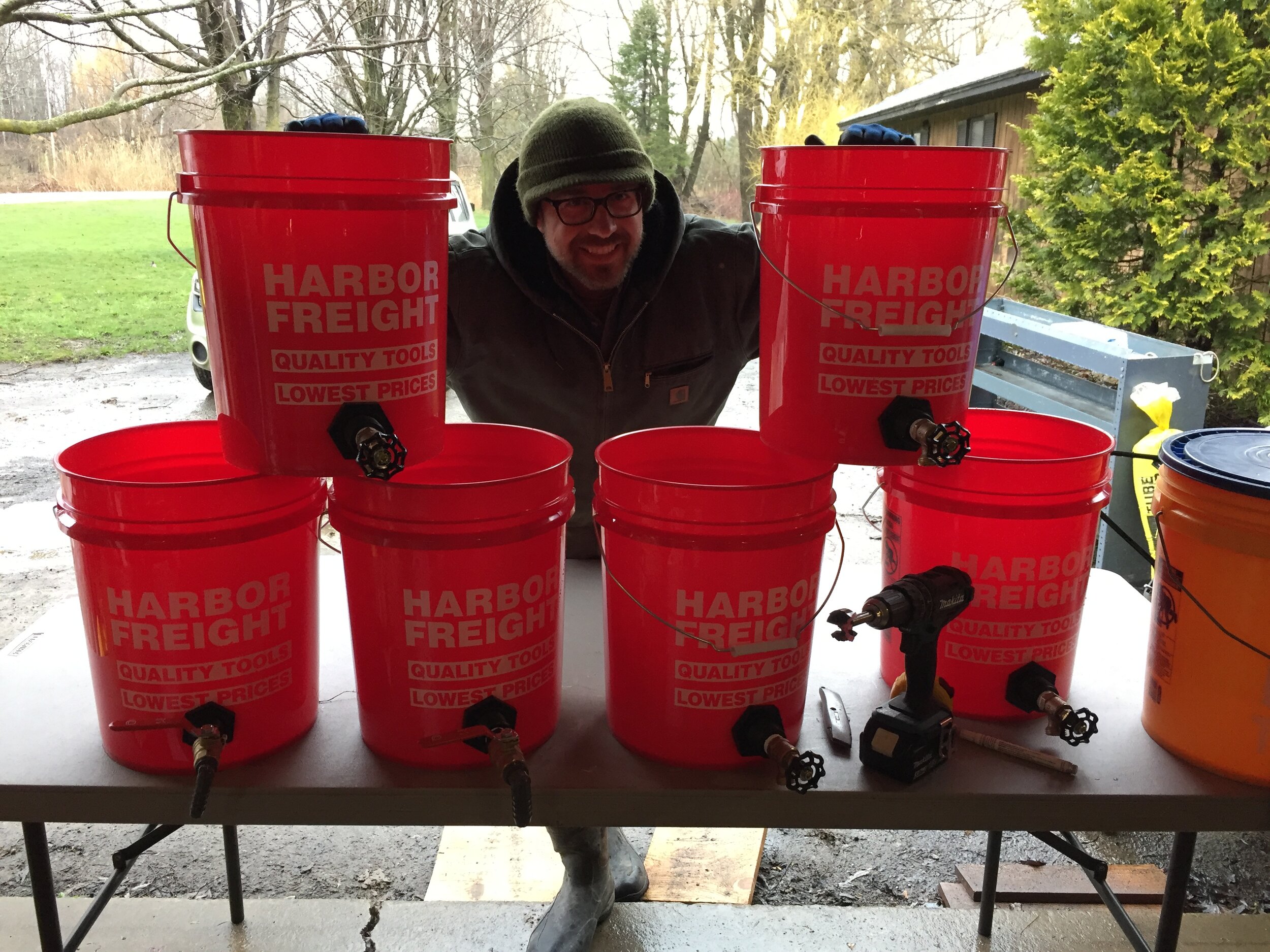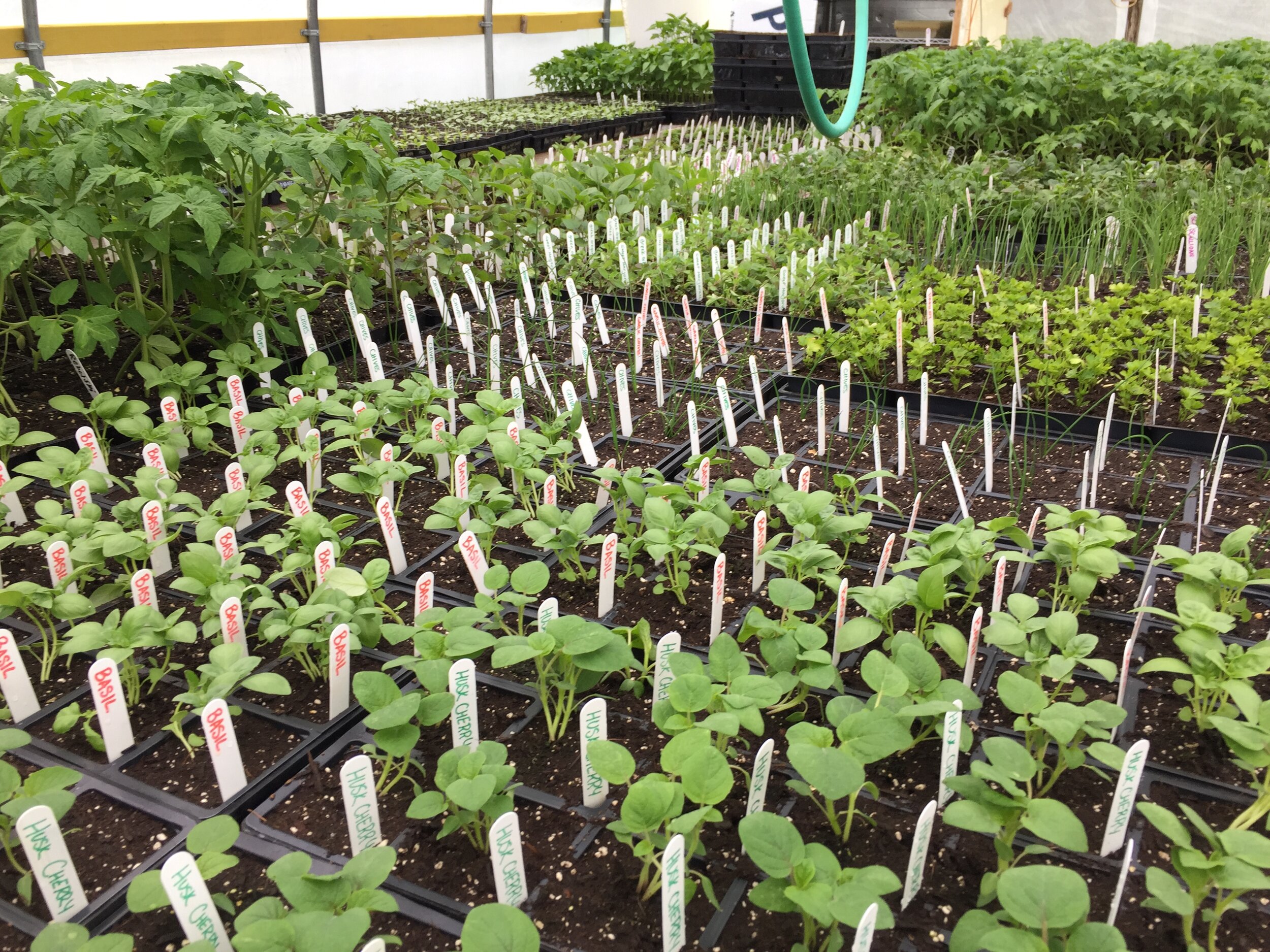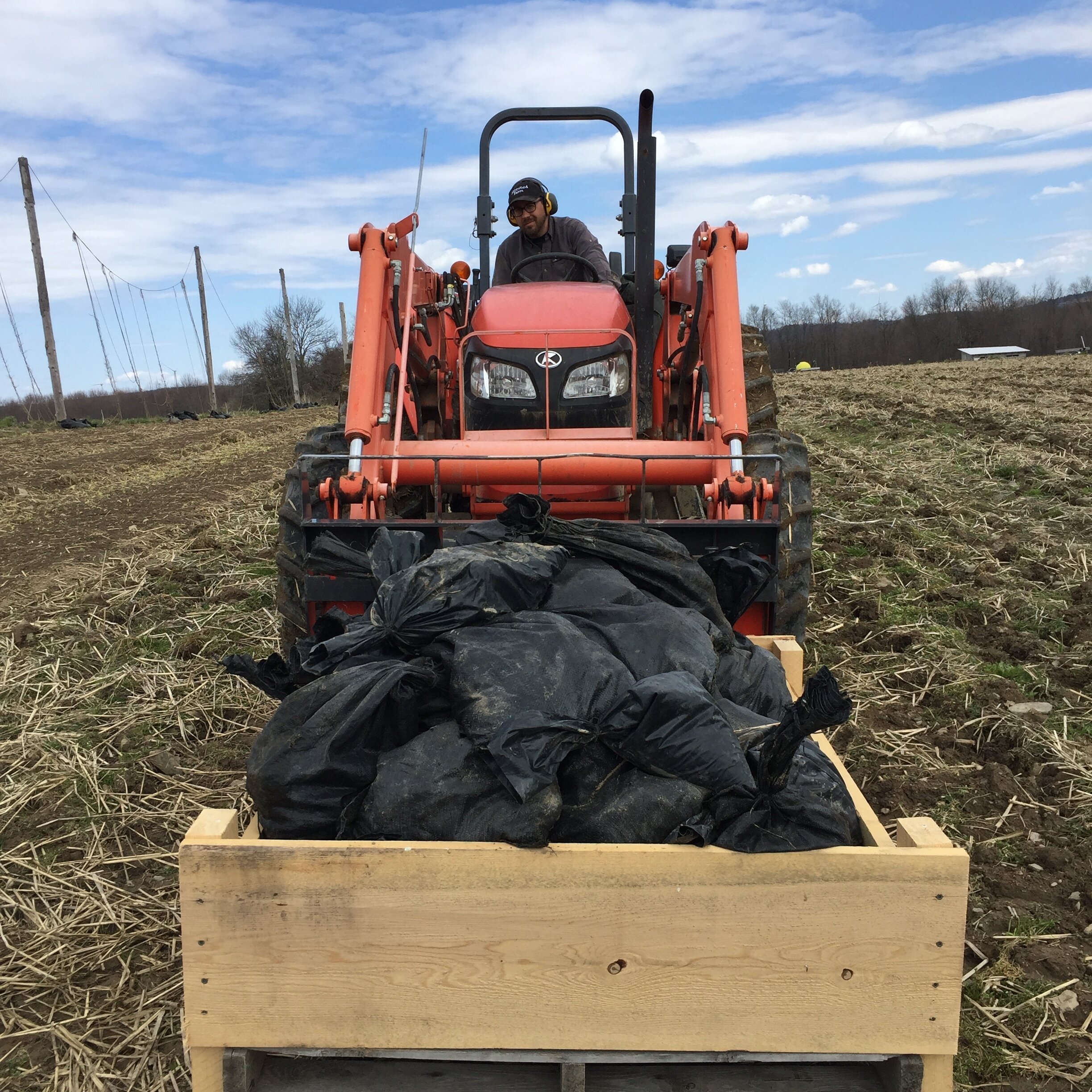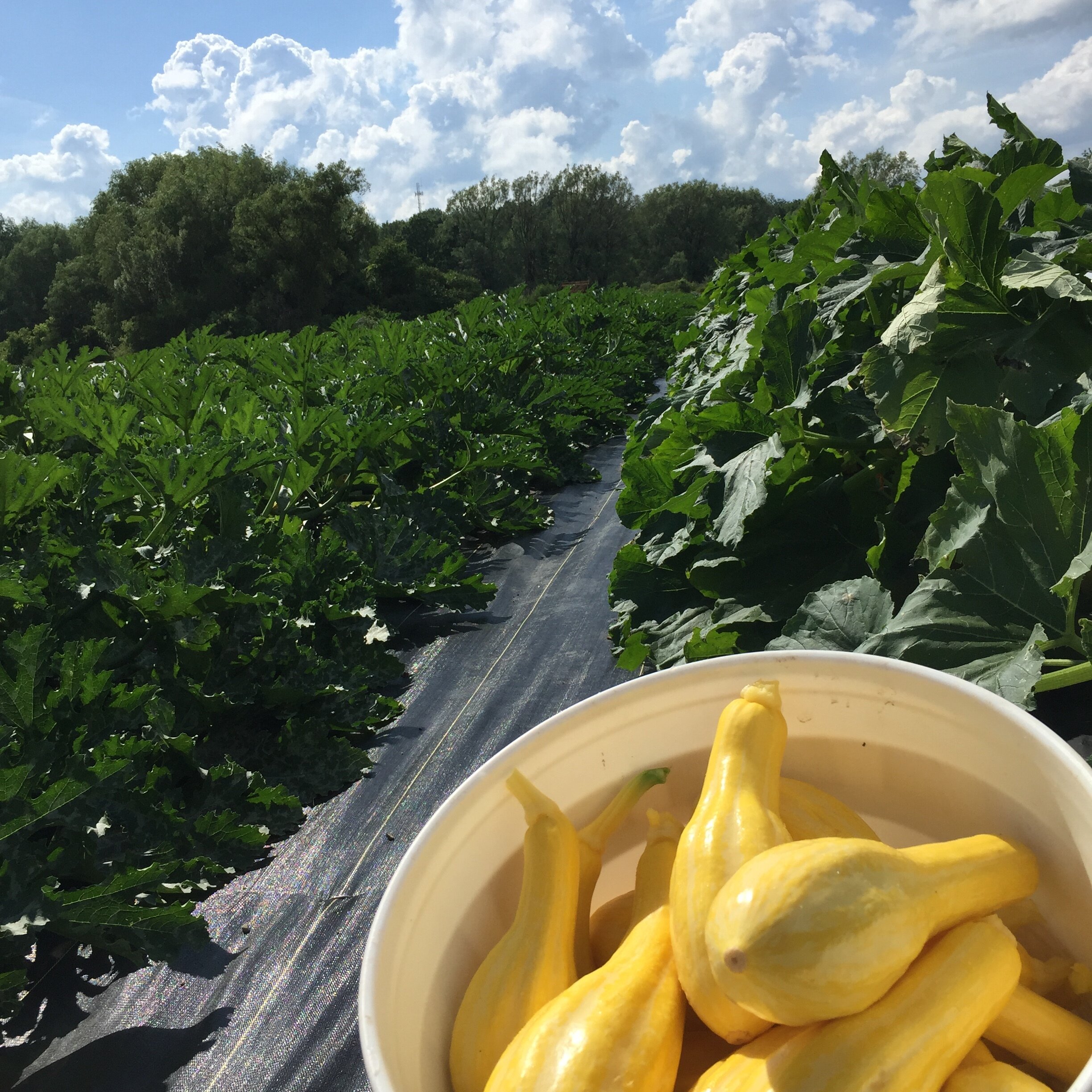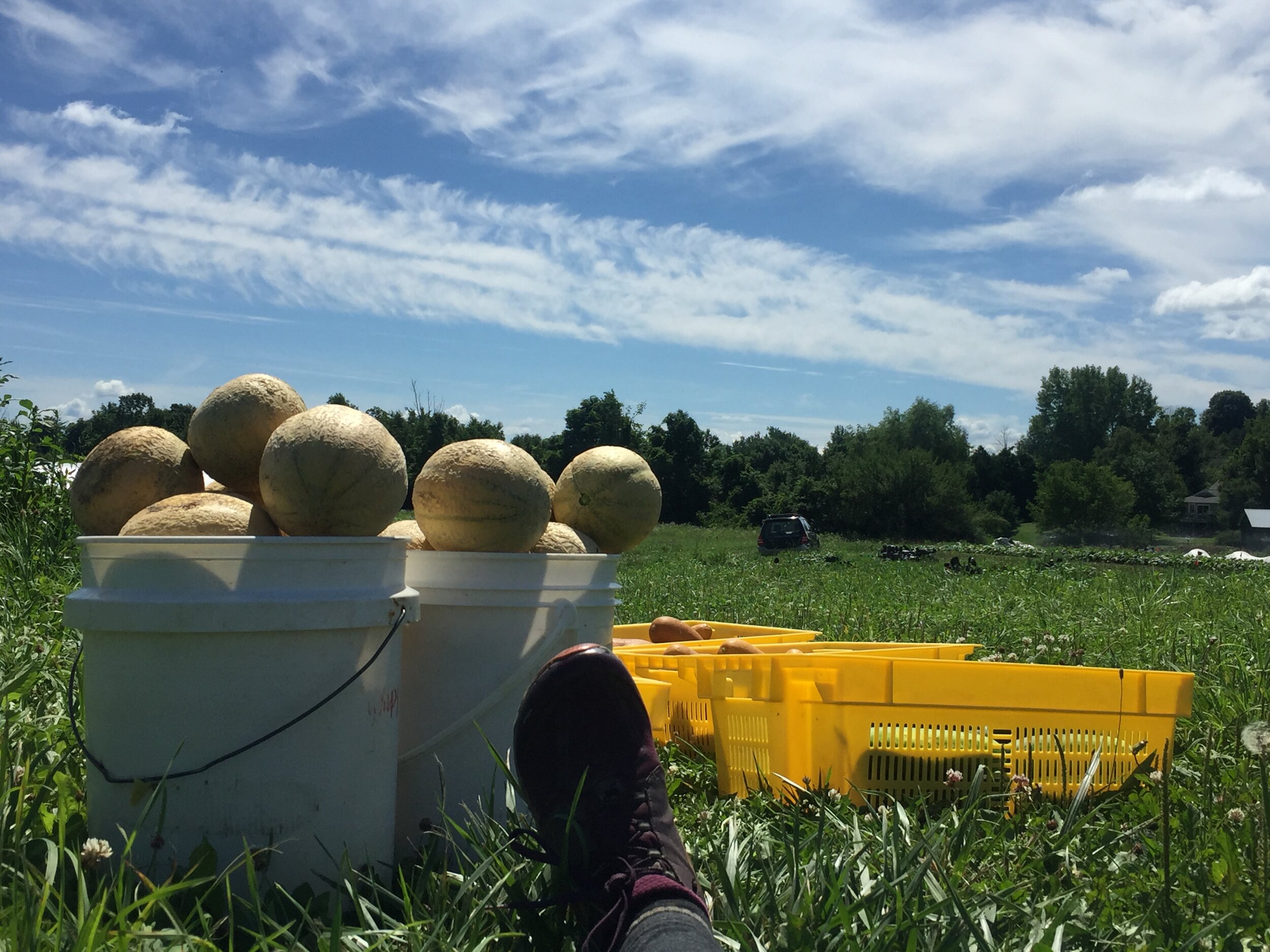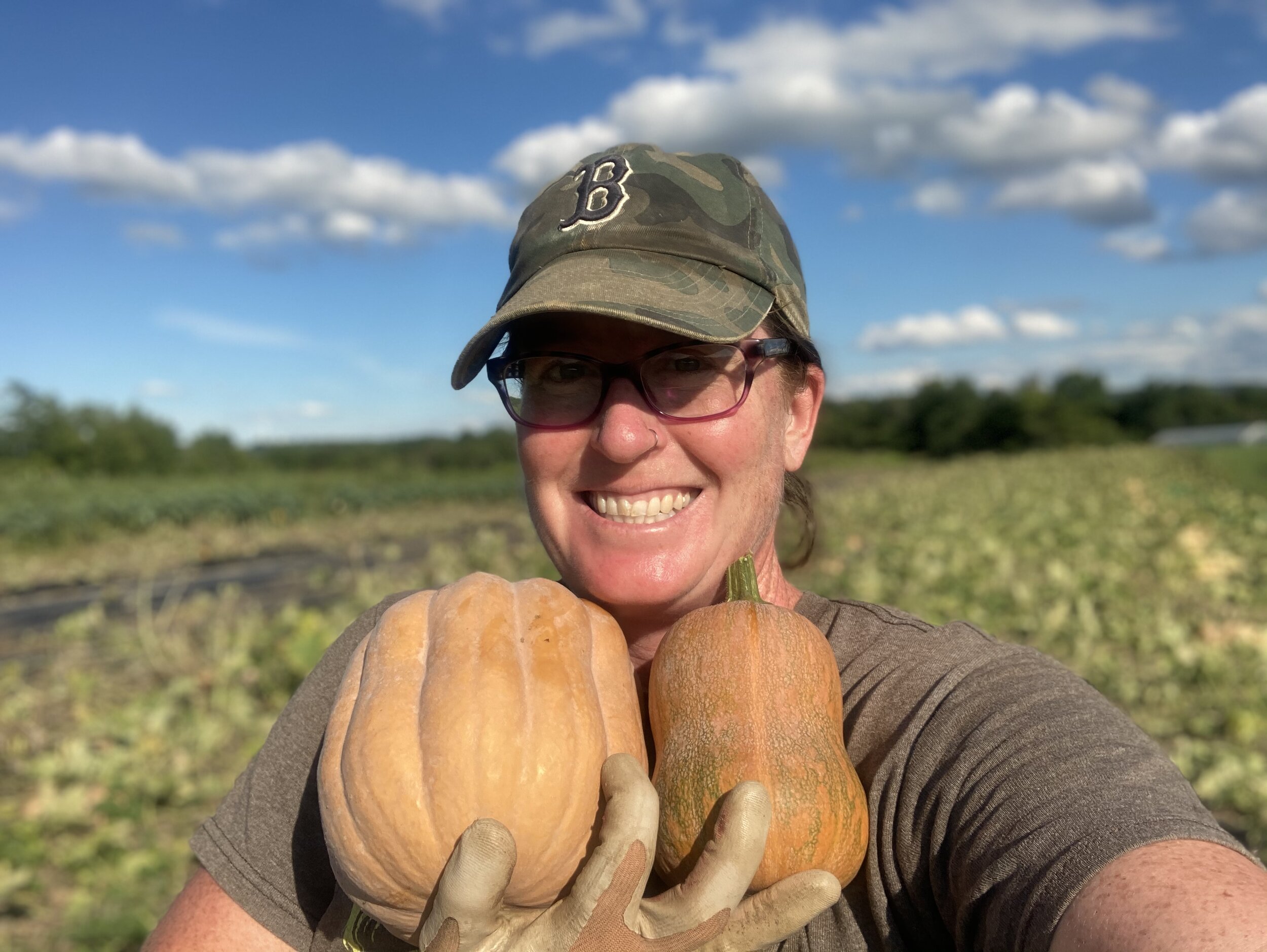Ch.. ch.. changes: Our First Big Covid Change on the Farm
/Farming in 2020 has been weird mostly by not being weird.
Sewing cabbage leaves turned out to be a bit more difficult than expected. Duct tape to the rescue!
The world around us shut down, switched to virtual, masked up, and moved outside, all hugely different from normal. Most farms of our size, however, more or less trucked along like always—still working outside, usually at a distance from others, following food safety rules, and wearing scarfs against sun and cold half the time anyway. On the day to day level, Covid hasn’t changed that many of our physical operations. (Psychologically, yes, but that’s a whole other blog post!)
Harvesting storage carrots before the freeze (and check out that future rhubarb planting!)
Bizarrely, Covid made some aspects of being a small, direct to customer farmer a little better than before.
Kids are way more interested in vegetables and cooking (I am so excited to see what this group of kids cooks up in ten or fifteen years as they start living on their own!). And our customers, like we were ourselves, were a bit shaken at the initial rockiness of our supply chains.
I know that we are more thankful for being farmers (and I’ve been seeing so many of our members, neighbors, and community being thankful for having farmers around).
Sunrise always puts on a show, regardless of what else is going on in the world…
As the 2020 world flails deeper into dumpster fire territory, farming and gardening and growing things, farmers markets where we get together with other humans (distantly in open air), and CSA pickups are like a reminder of normal life, nice things, and good times.
So it’s belated that we have to make our first scary big change around Covid nine months in (because masks and distance and sanitizing aren’t really *big* changes). But we’ve decided not to attend our indoor winters farmers market this year as vendors.
Racing storm clouds to get the last outdoor farmers market harvest in…
First, don’t worry—we are still here and will be back in summer (or in-person at any event that can be held outside, because we are crazy northerners and willing to stand outside and sell veggies in upstate NY in winter!). Our fall/winter Extended CSA is still on, and we have online sales for farm pickup (Tuesdays, Fridays, and Saturdays) and local delivery (Fridays).
And the great winter market is still going on the first and third Saturdays at the Legion in Cazenovia.
Tiller practice as we prep the greenhouse where next March’s harvests will come from…
As customers, we totally will go hit up the market.
It’s just from a vendor’s perspective of staying indoors in close quarters for five hours rather than fifteen minutes, we really had to examine our risk levels and tolerance. It’s one thing to know that you might have some pre-conditions, but another thing when data starts to show that your chances of not surviving Covid are higher than anticipated.
So we are still going to be farming and going to any markets where we can be outside, but are not going inside (except to zip in as a customer). Amid all the changes in so many peoples’ lives, this isn’t really a big thing, but it’s scary for us (because we love and rely on the winter market).
We hope you enjoy your shopping, inside or out, and hope that for local folks, you can check out our online ordering options for farm pickup or local delivery!
More sunrise shows… I can watch these all day!








